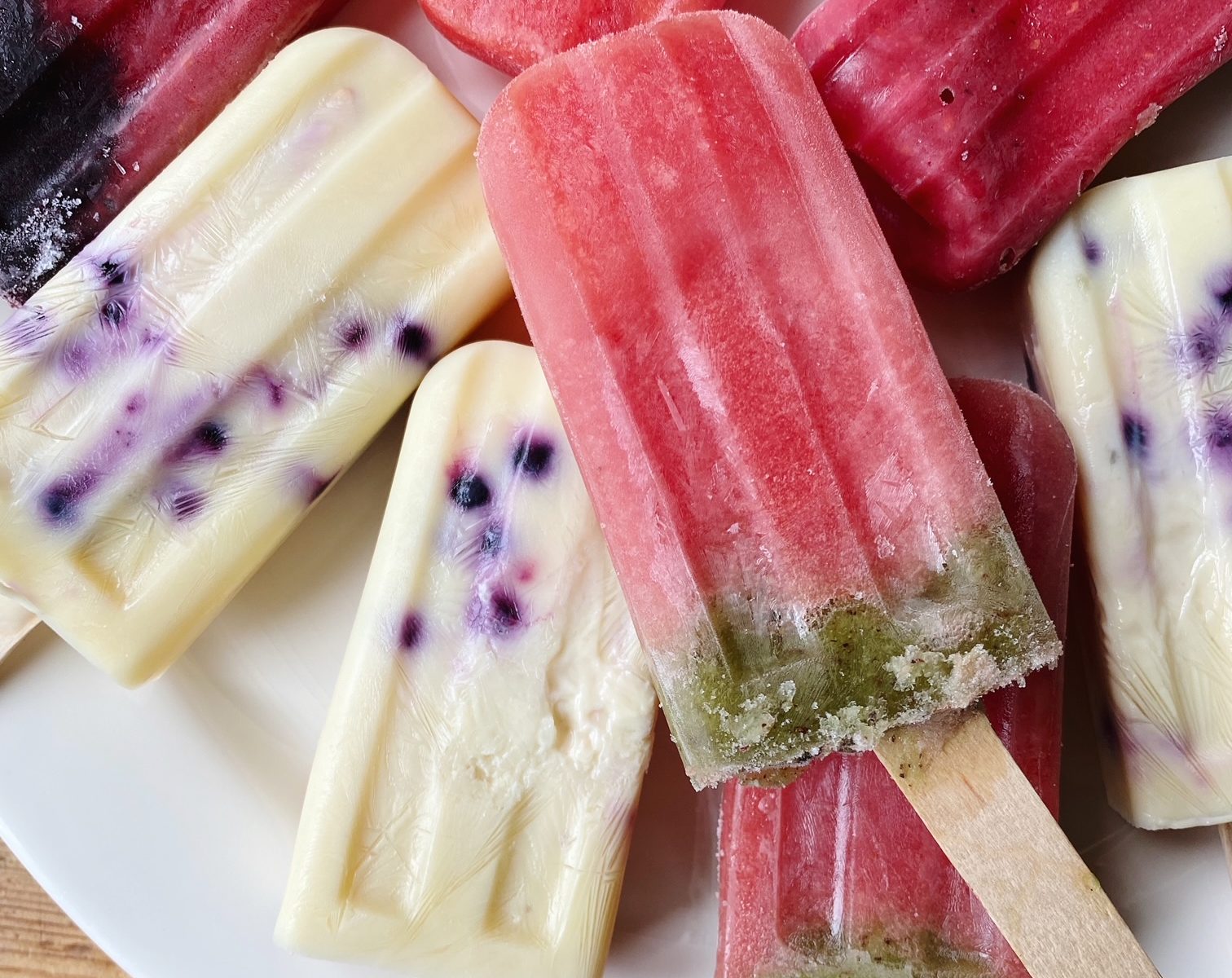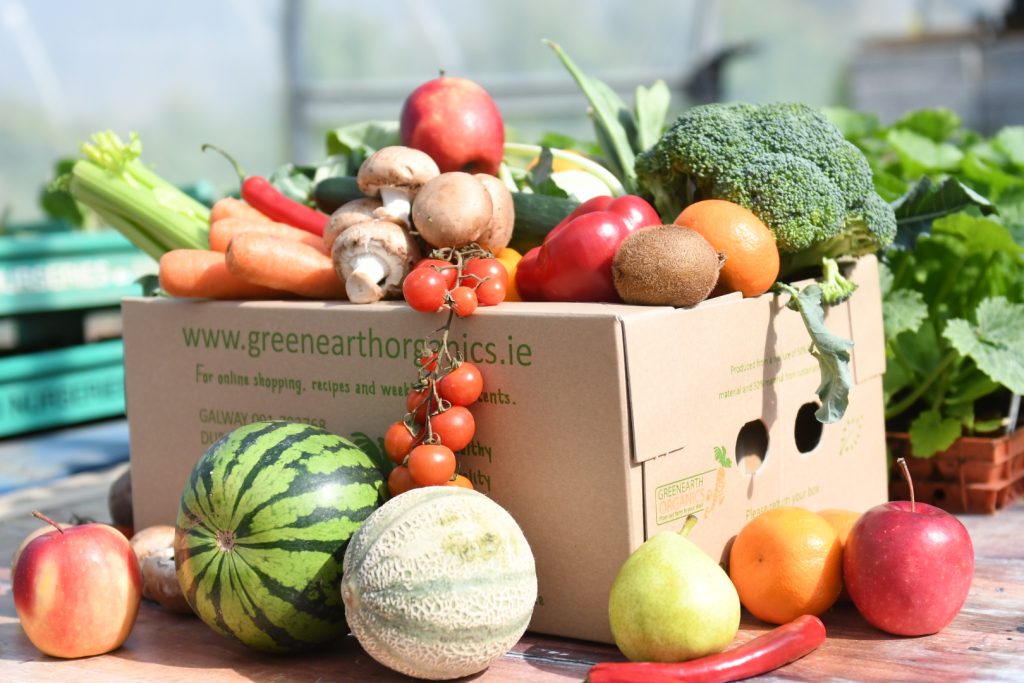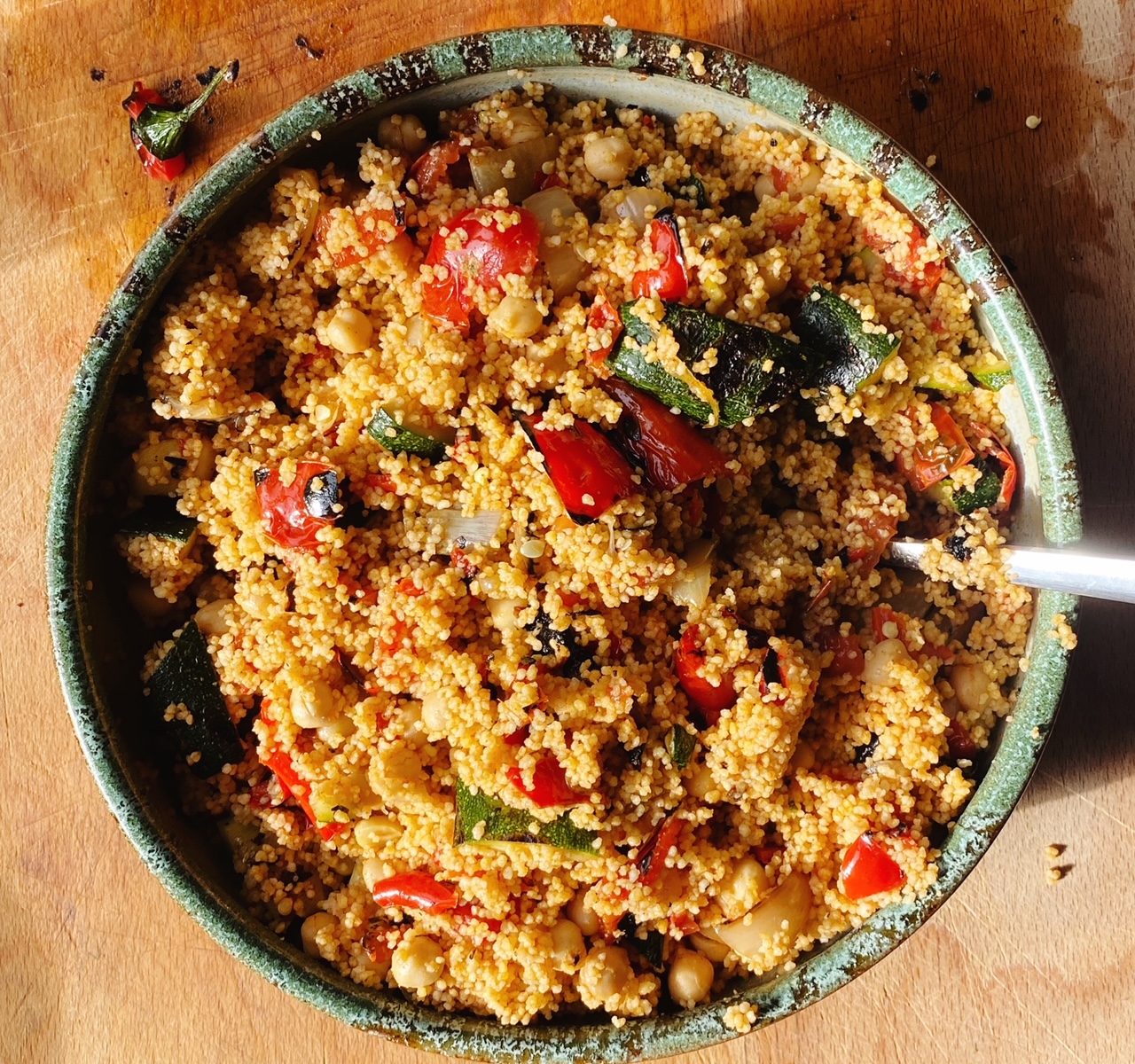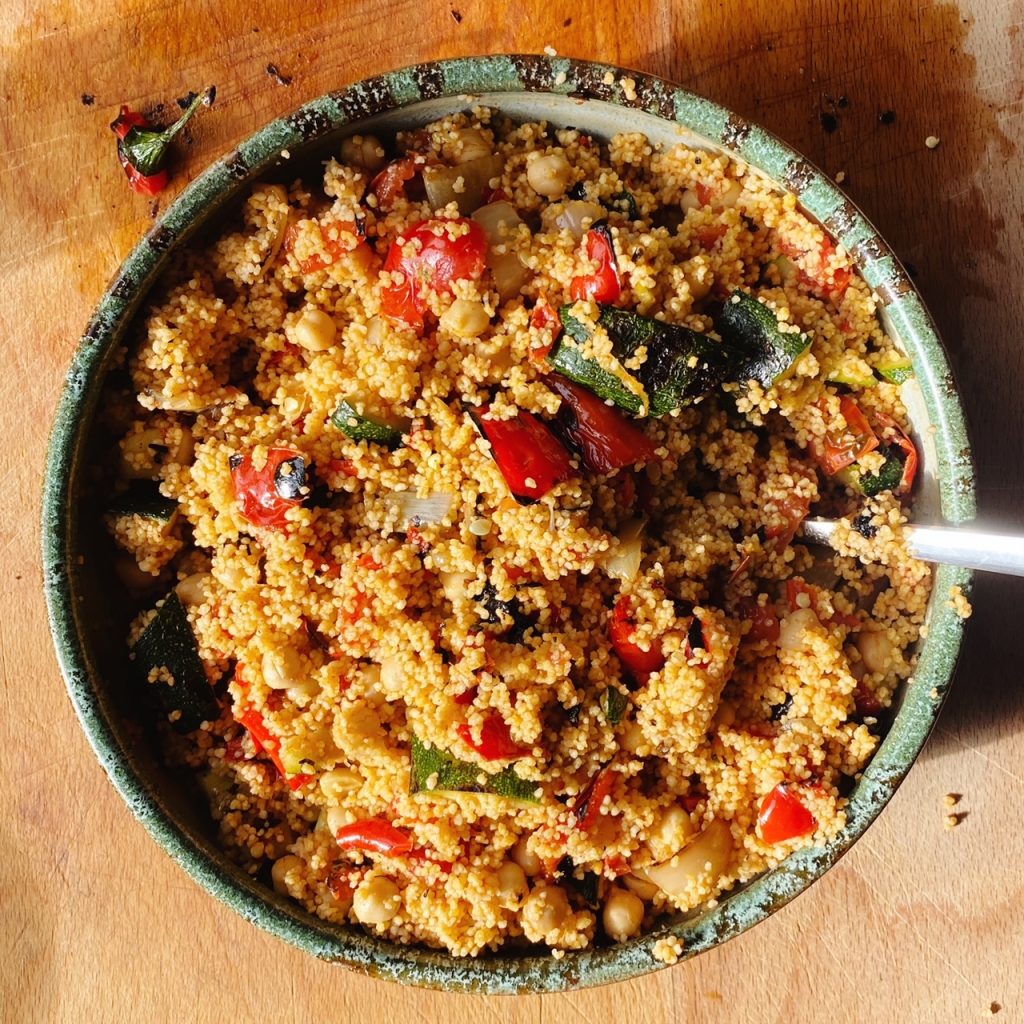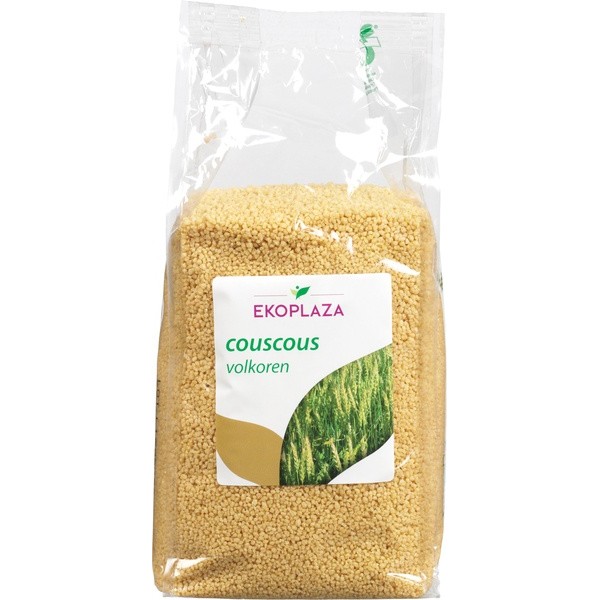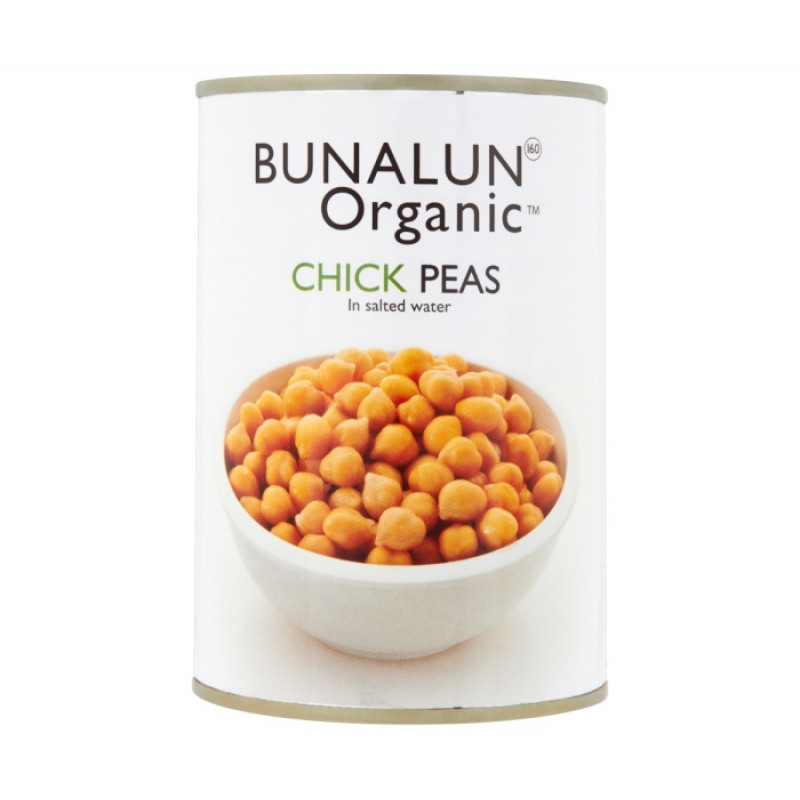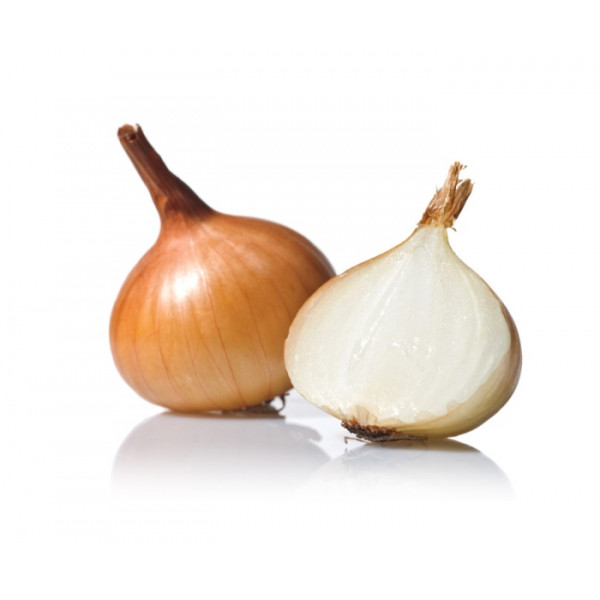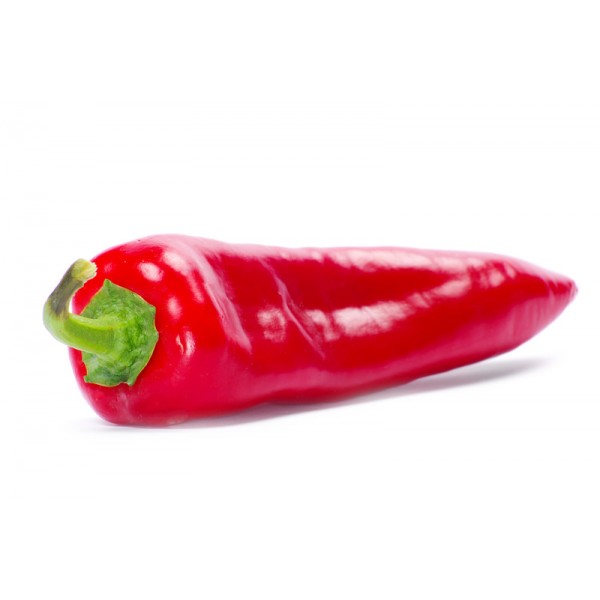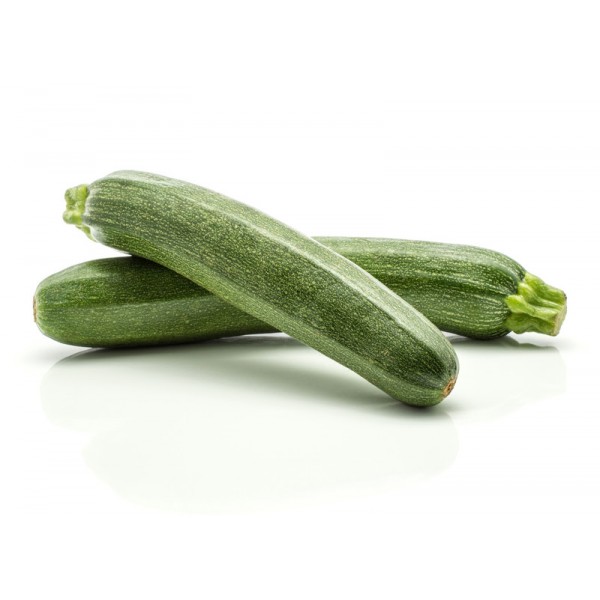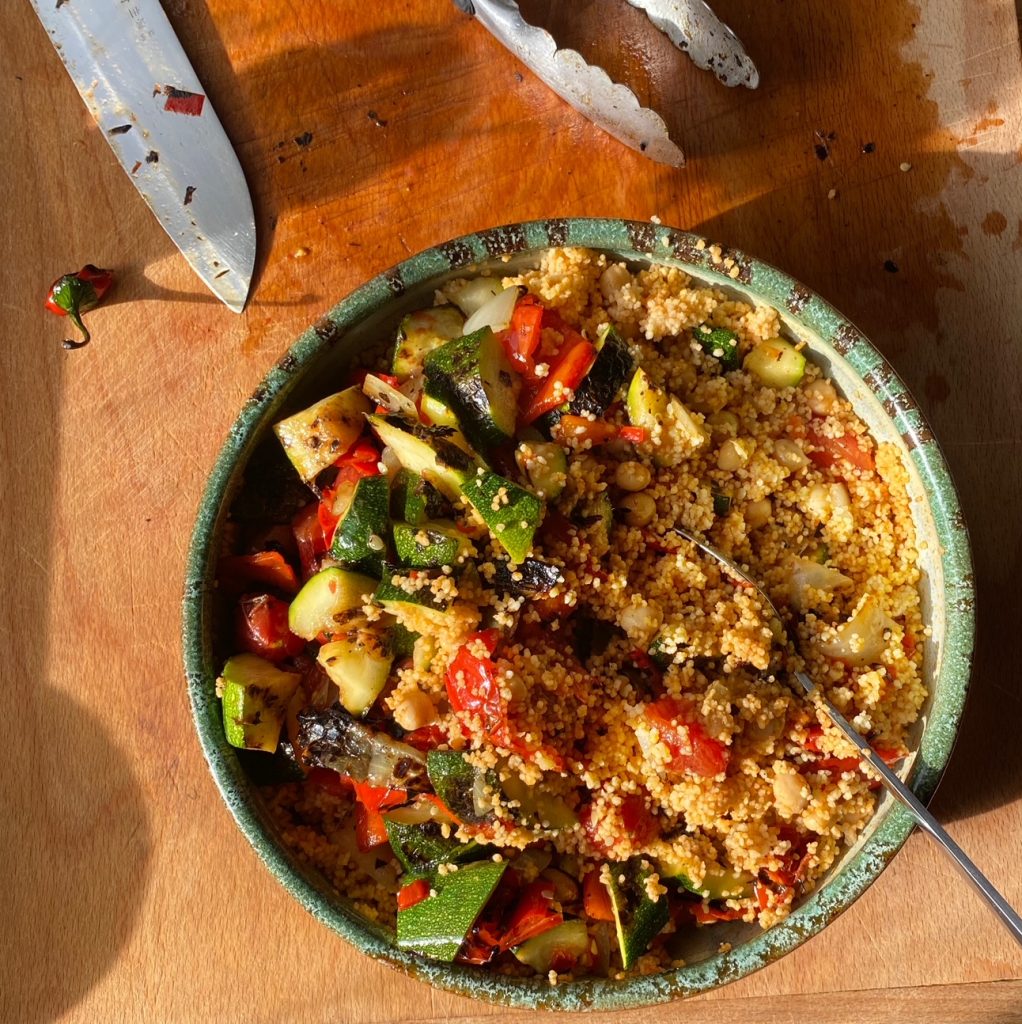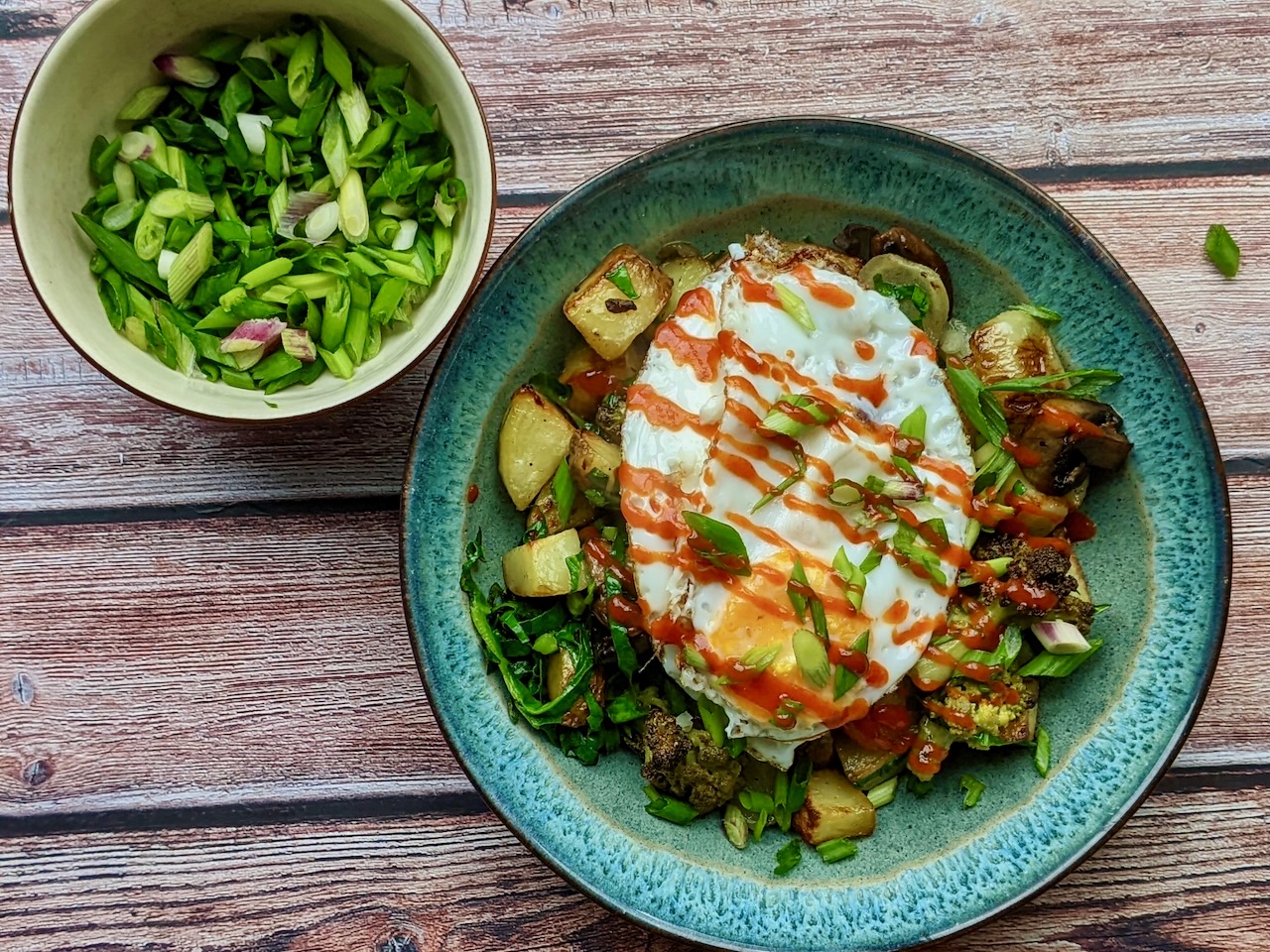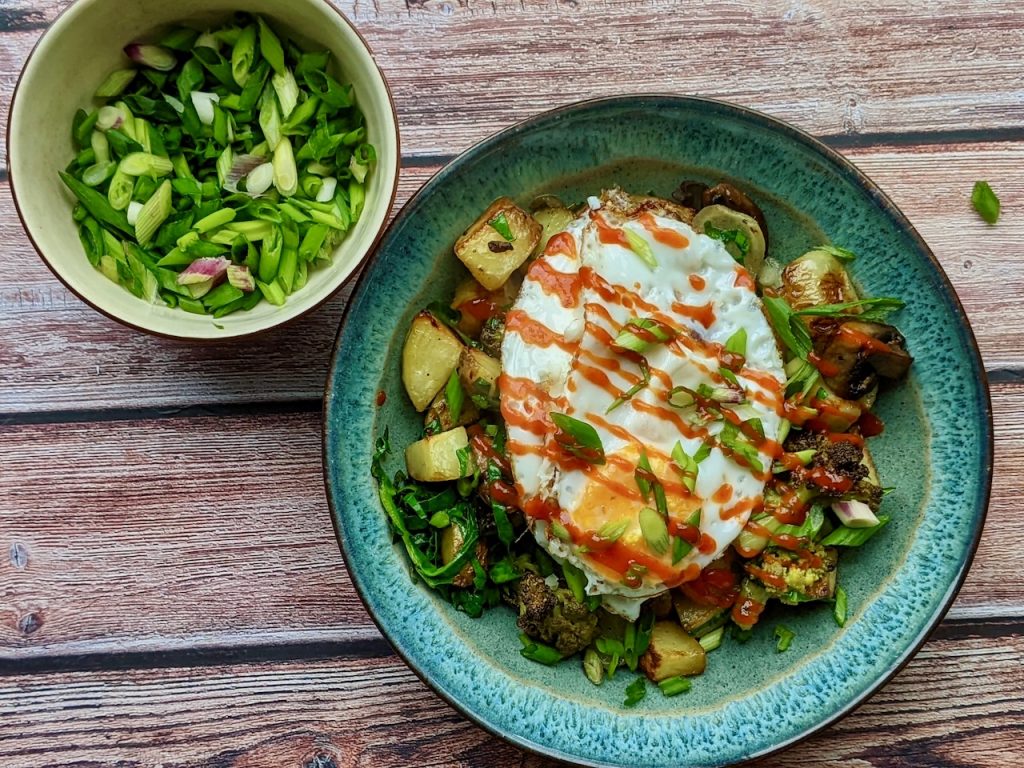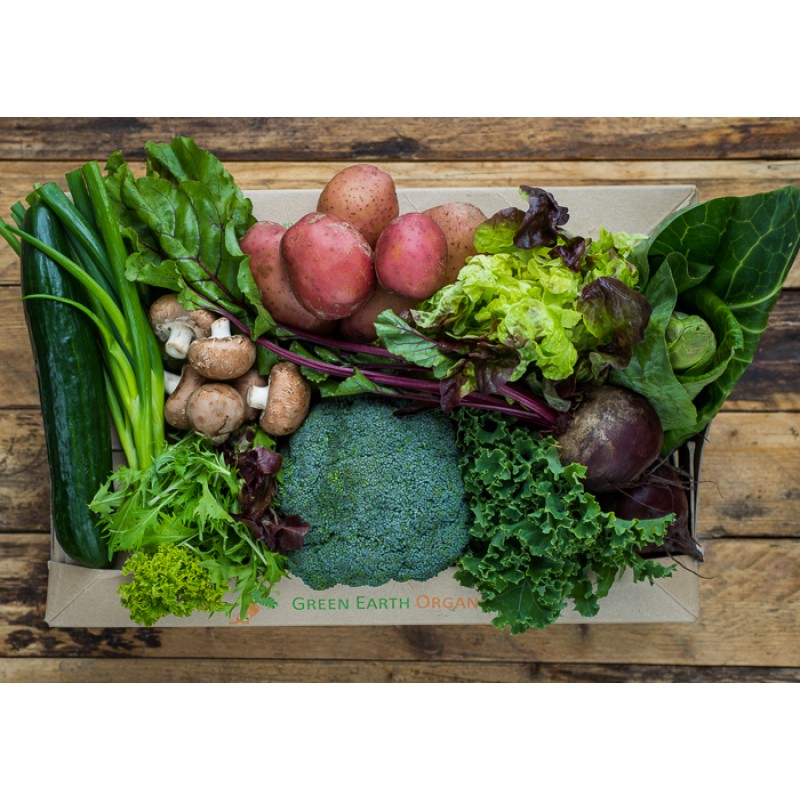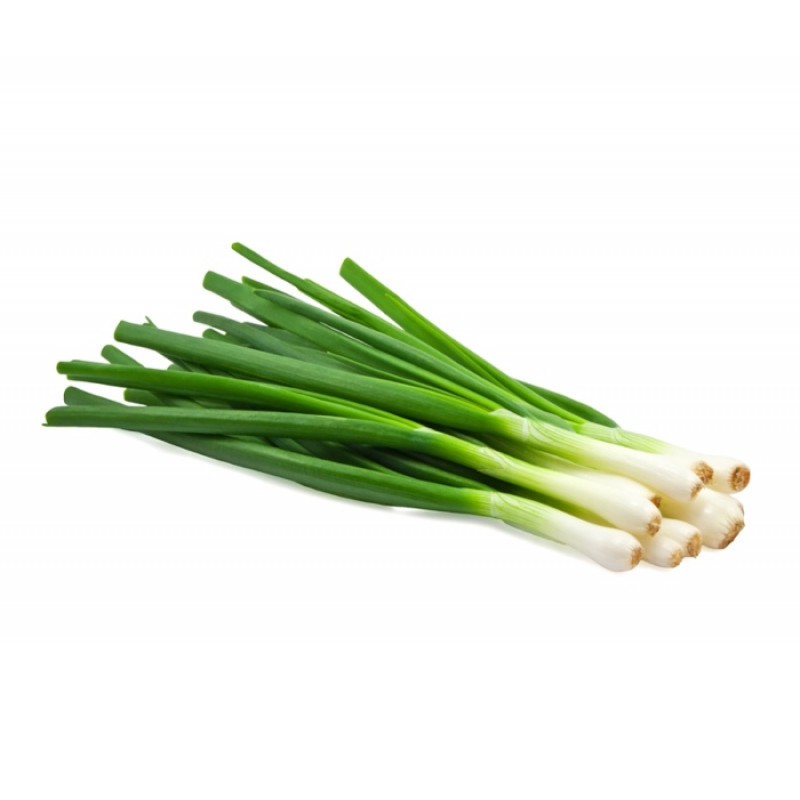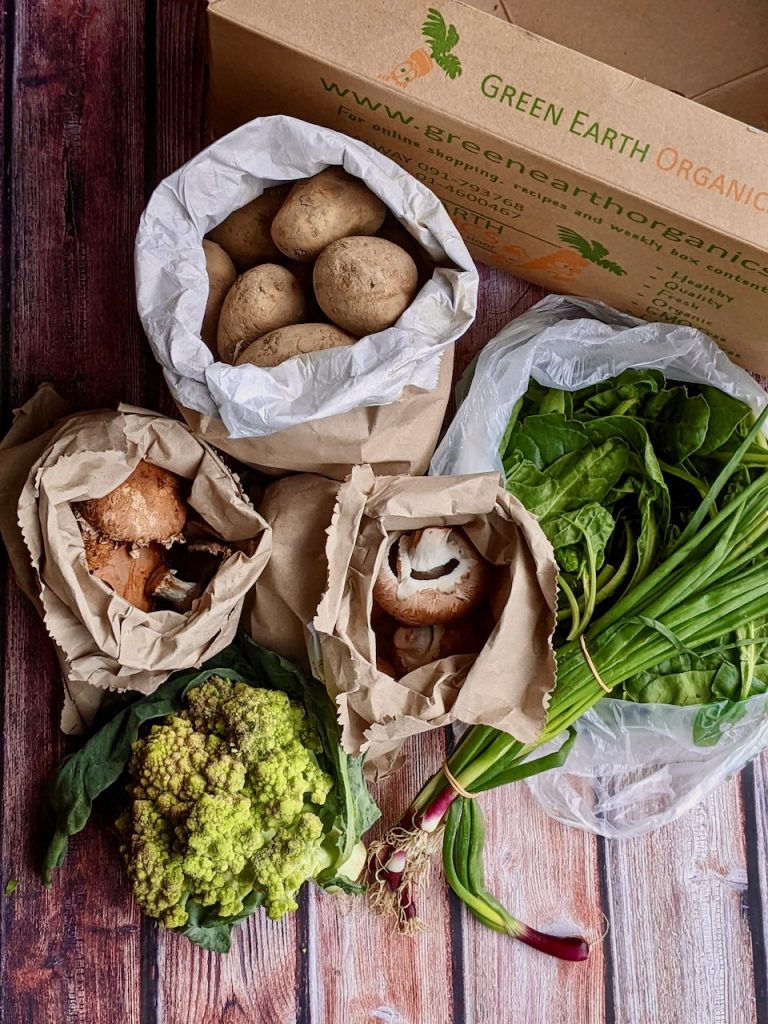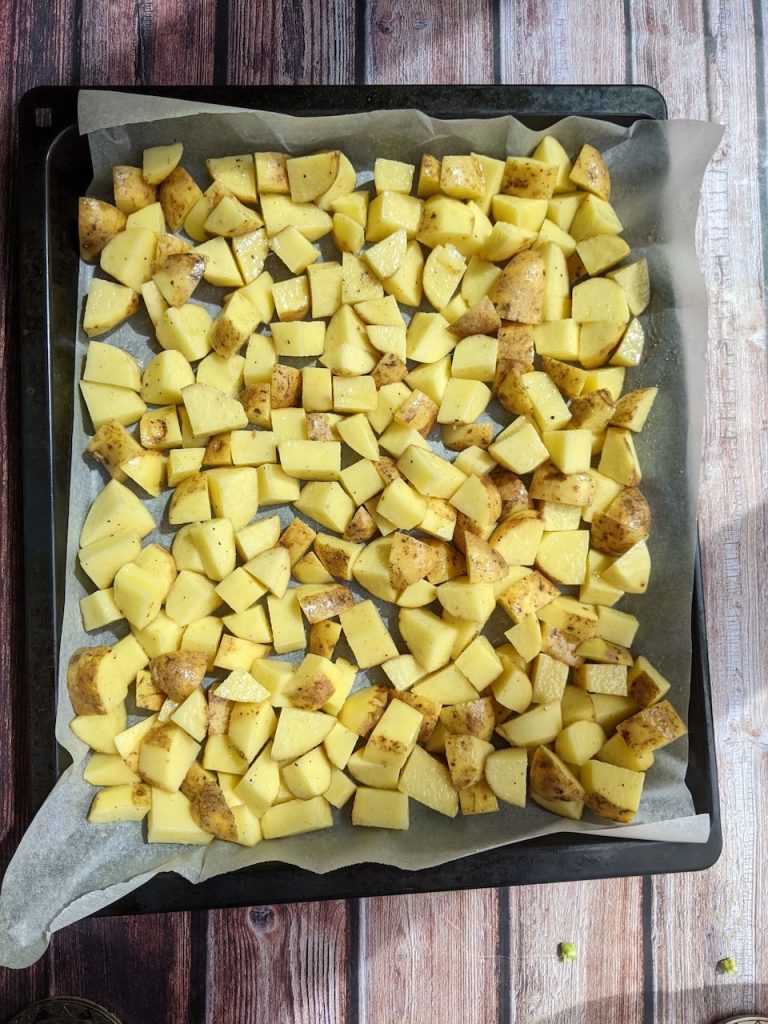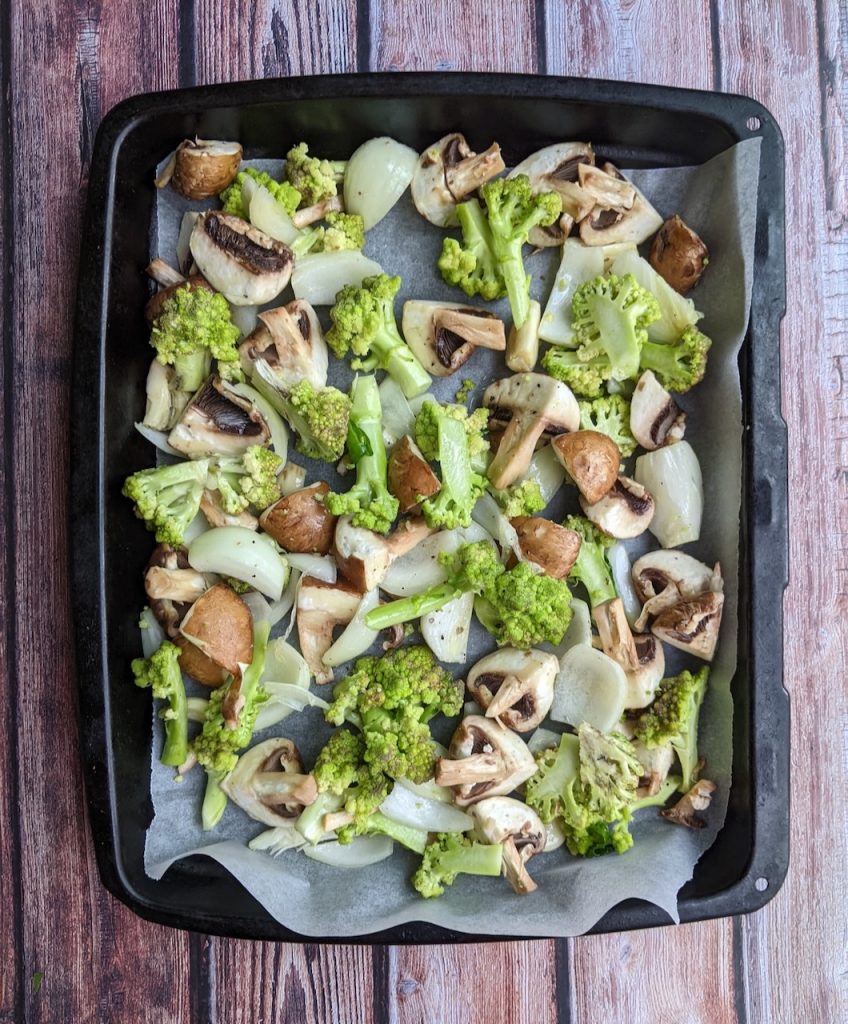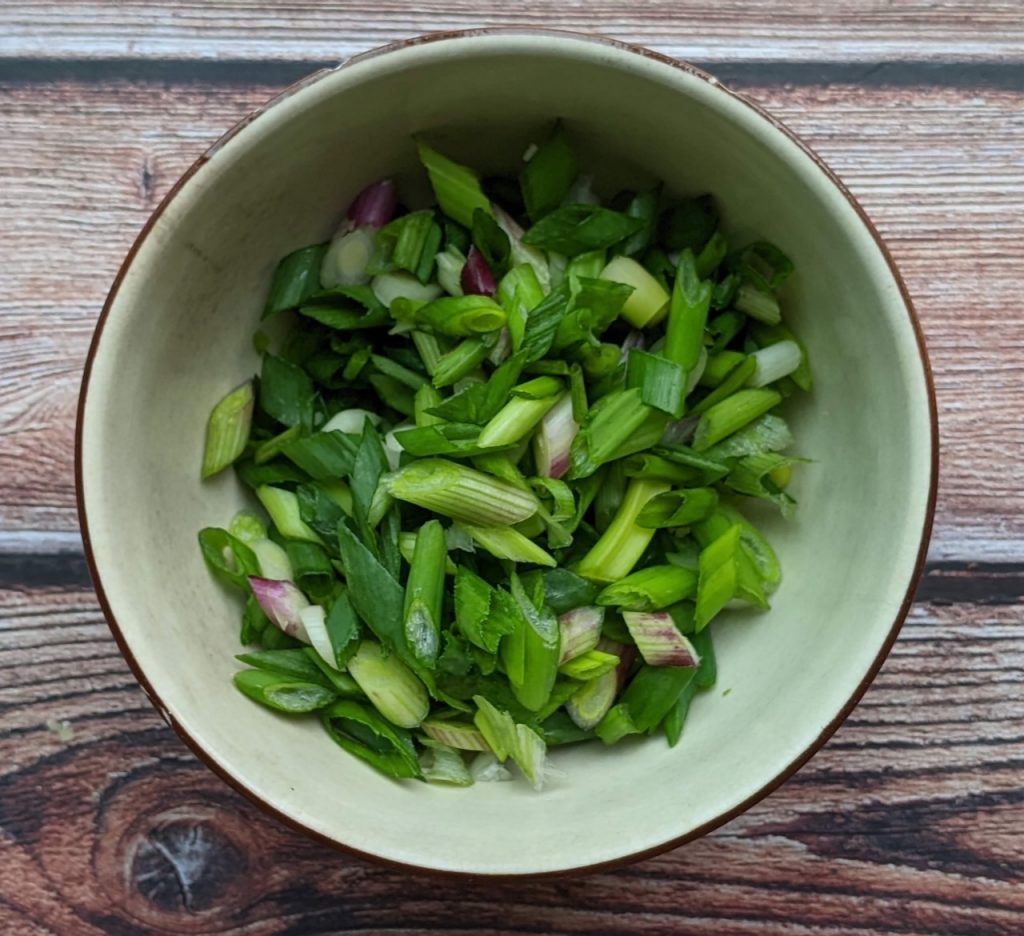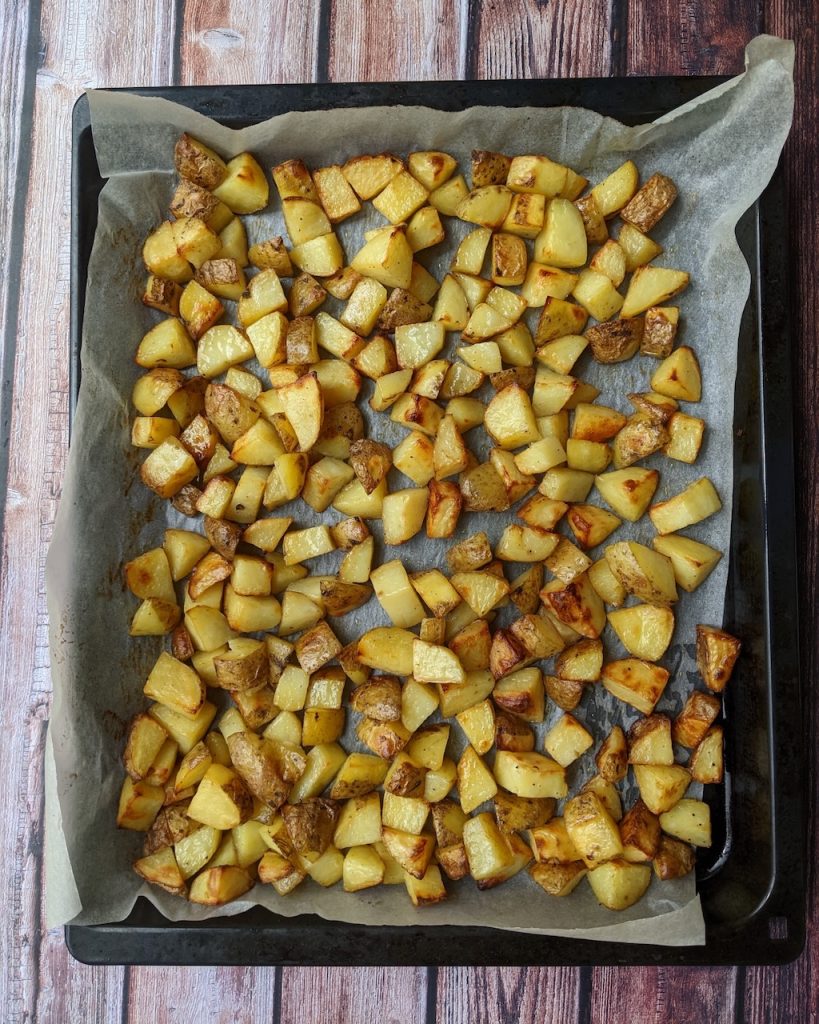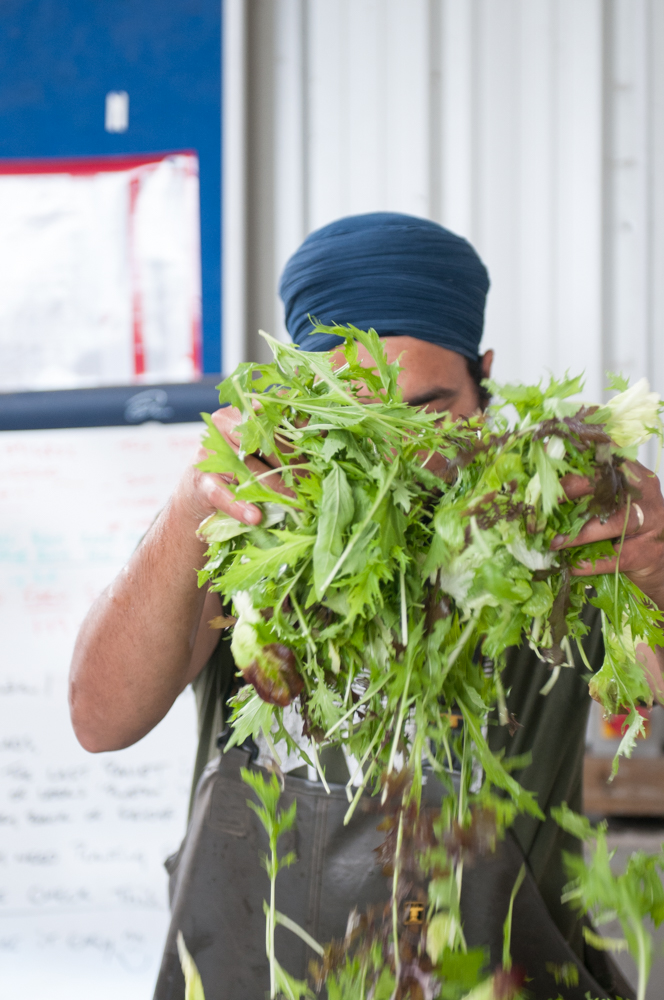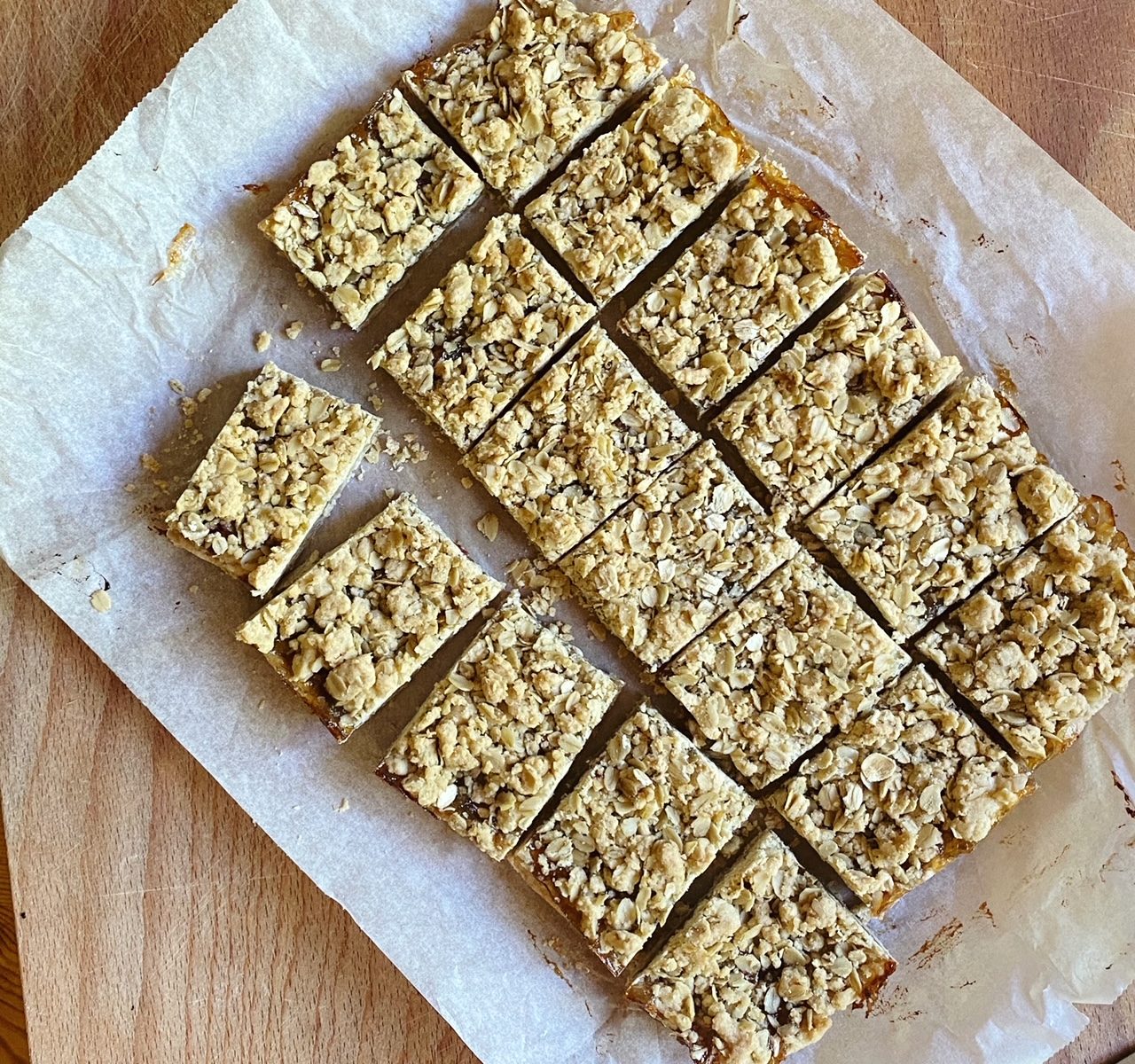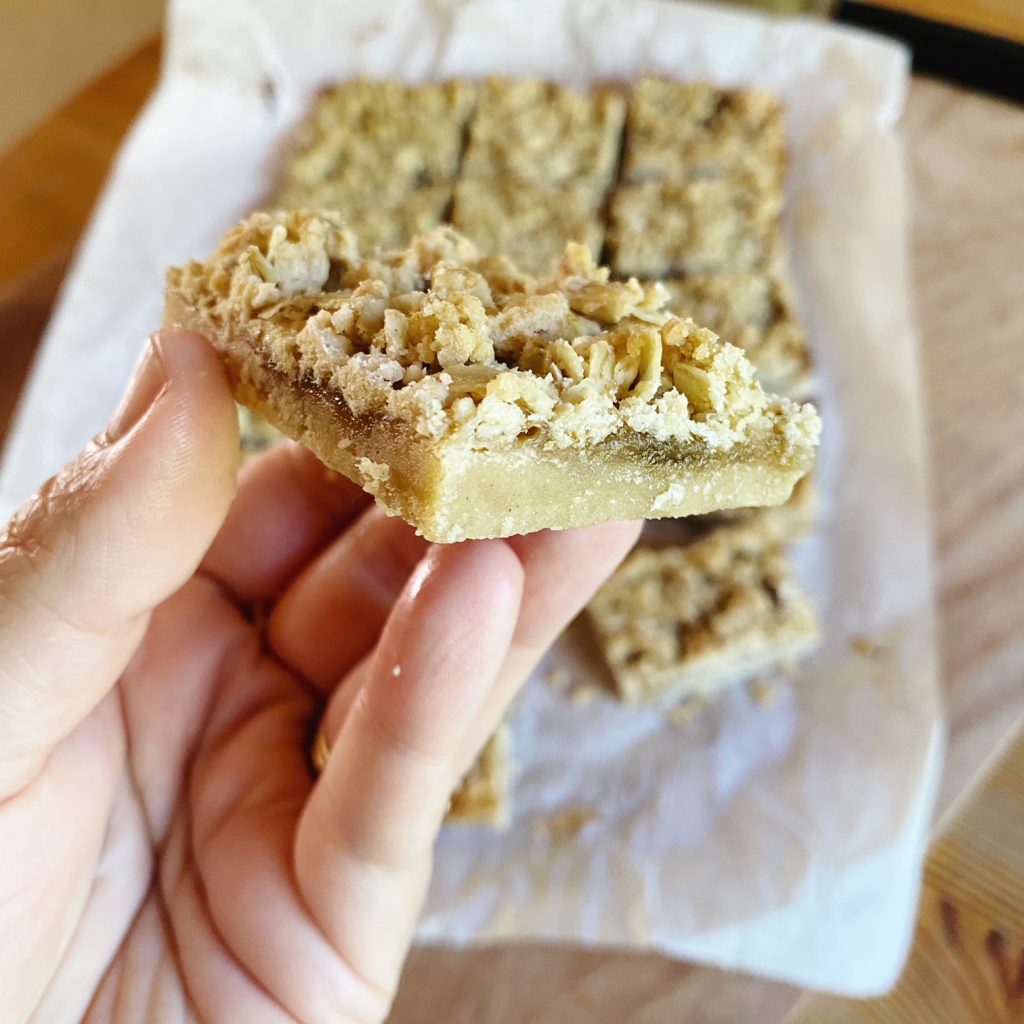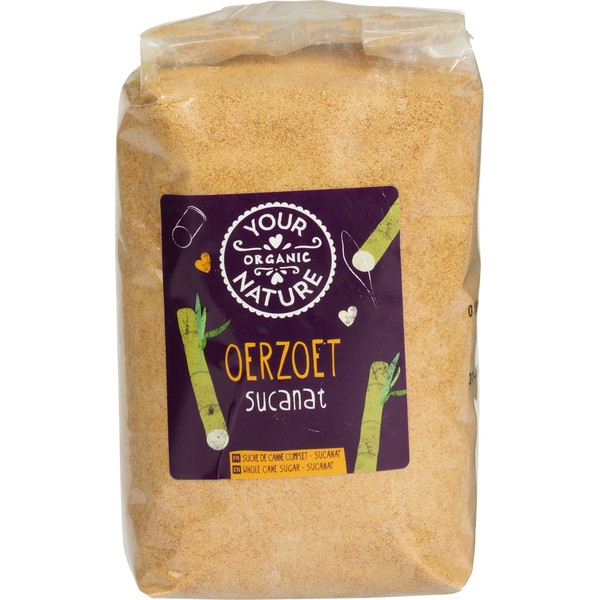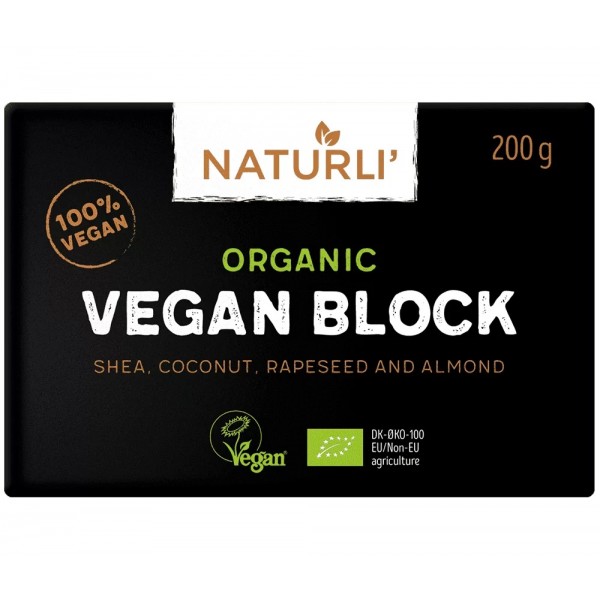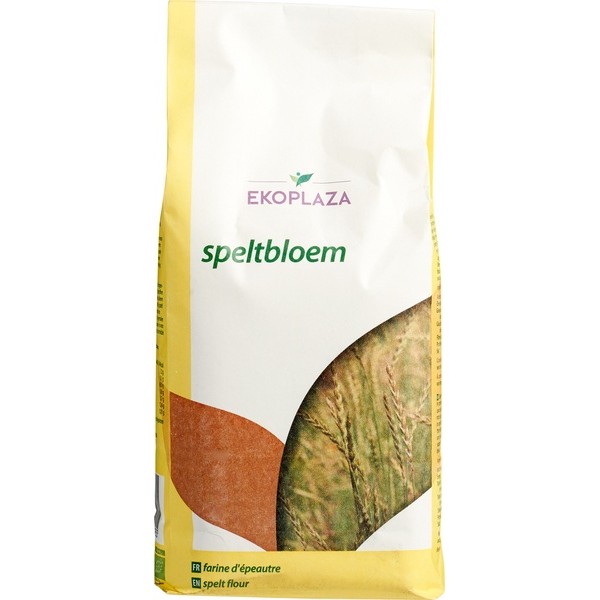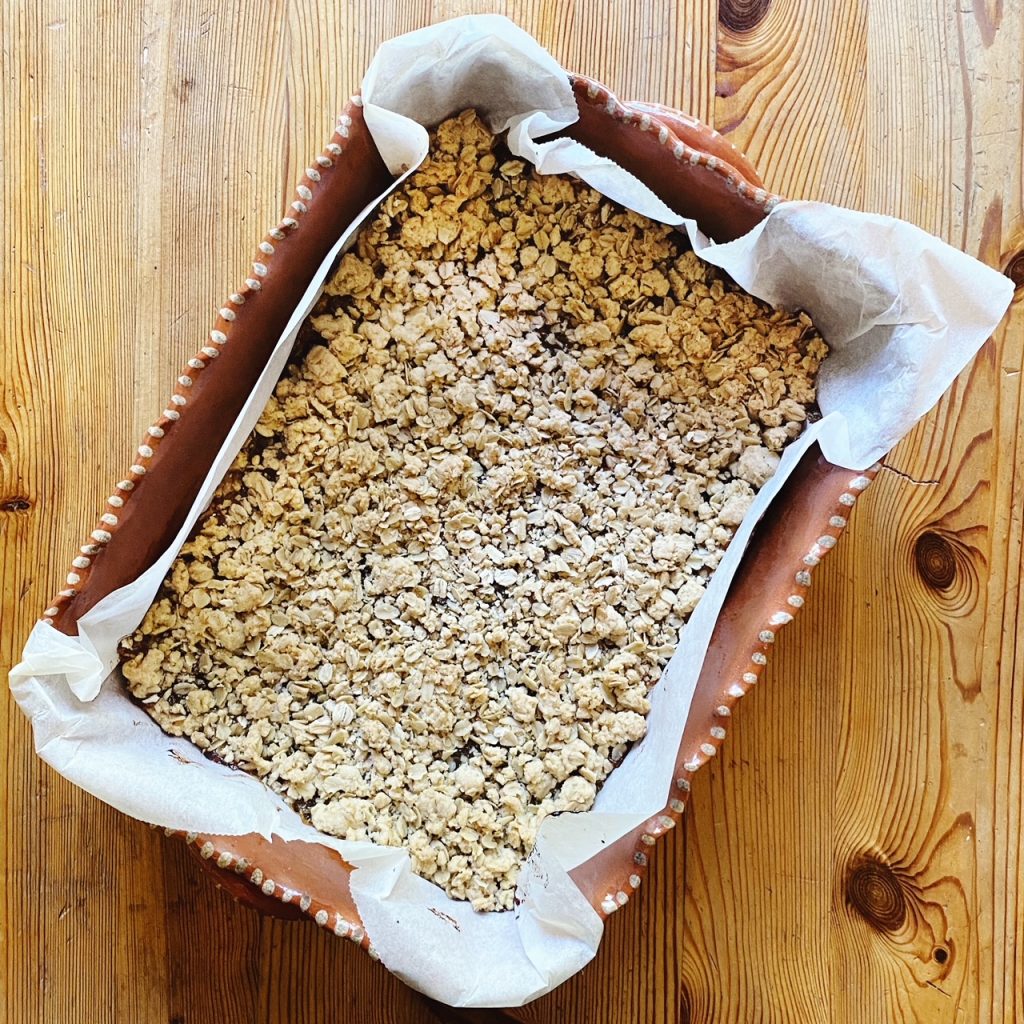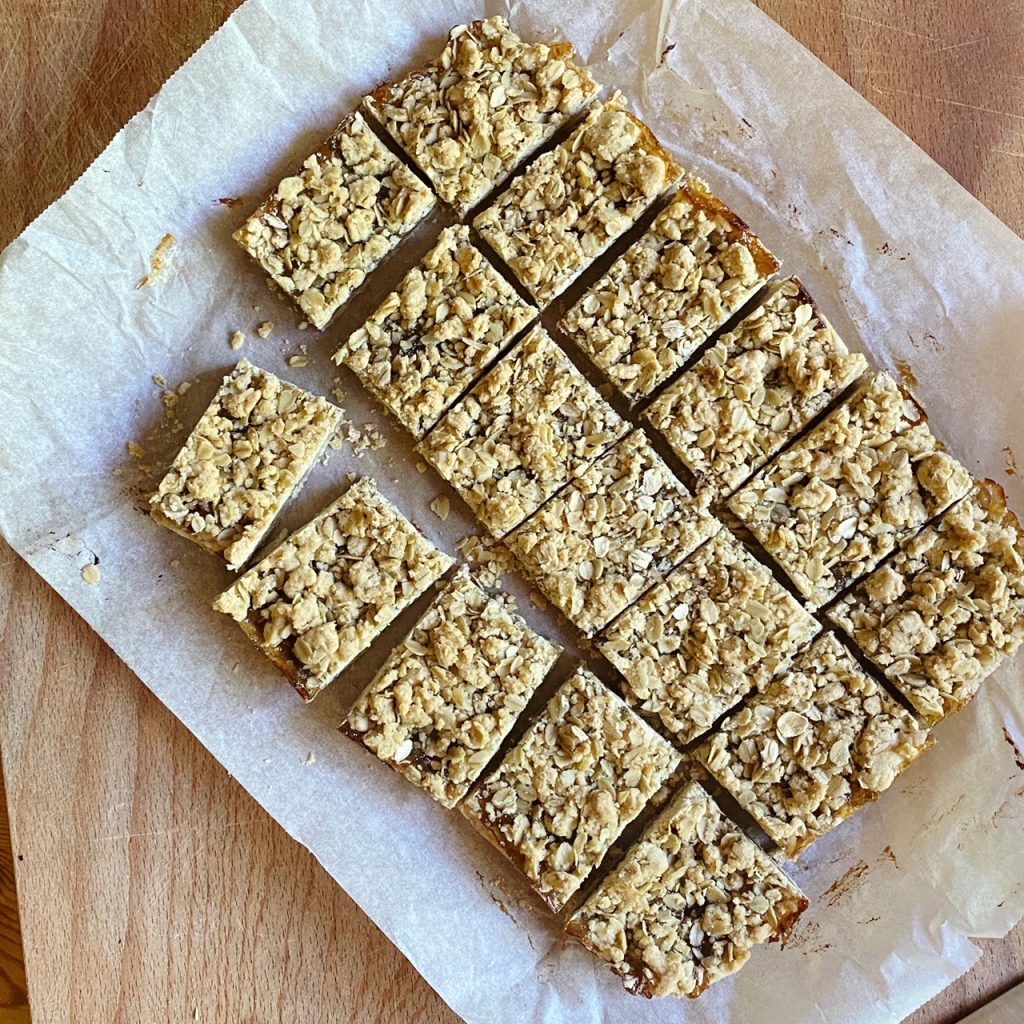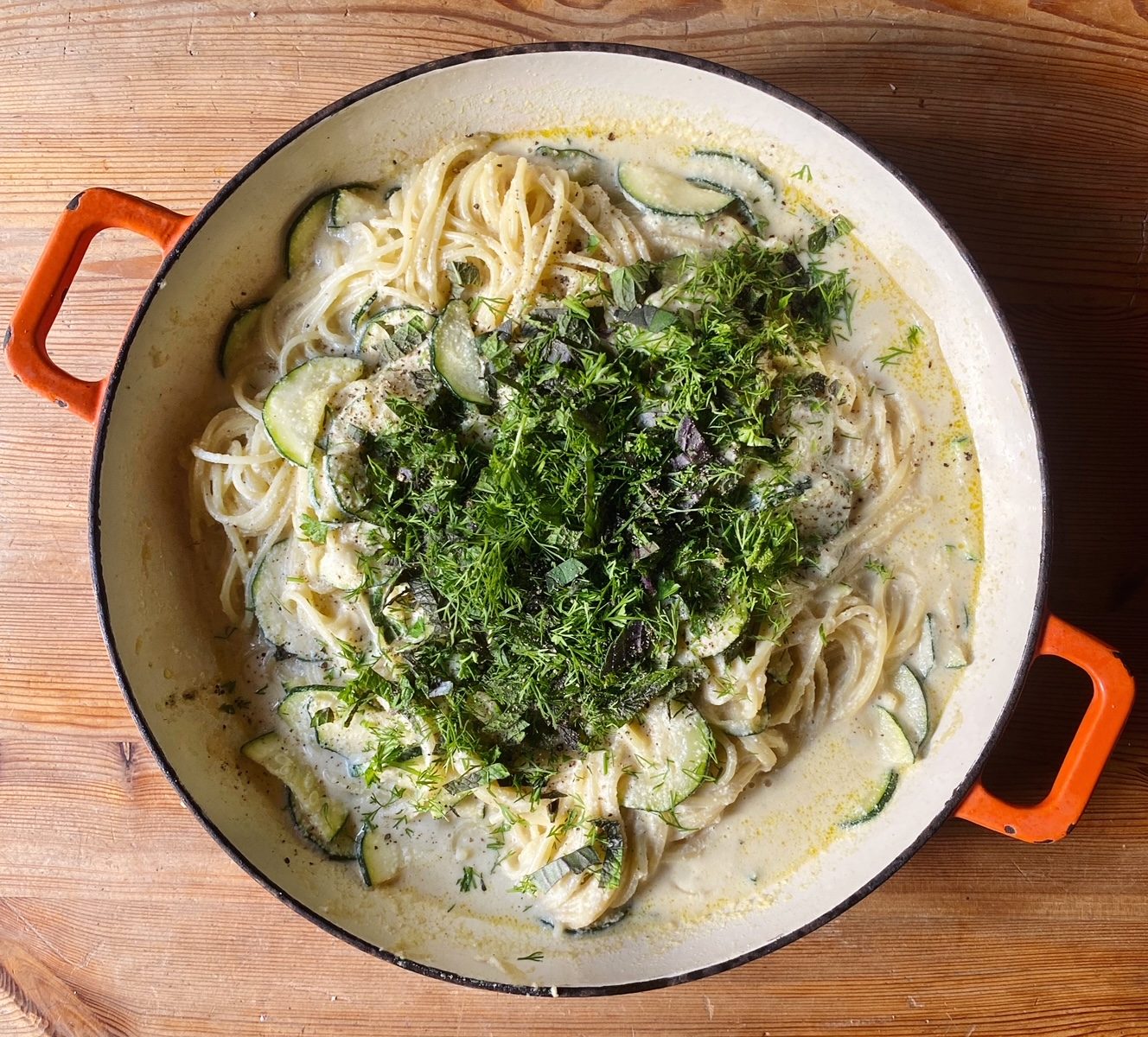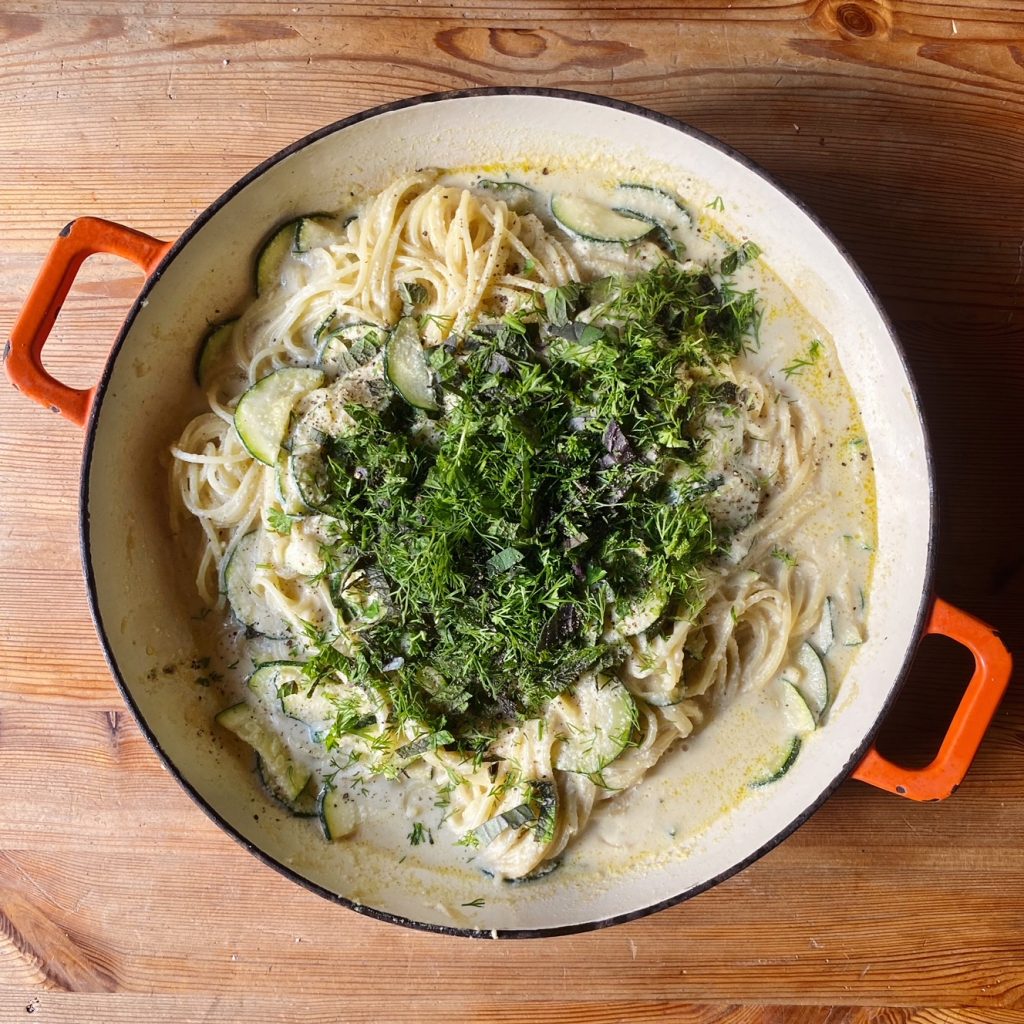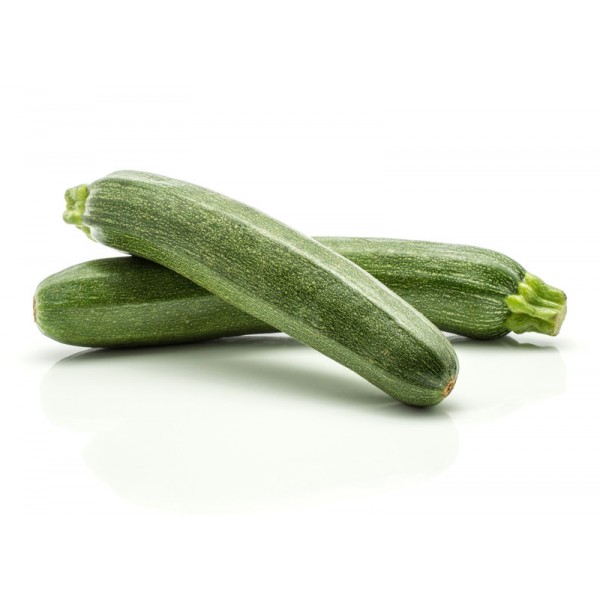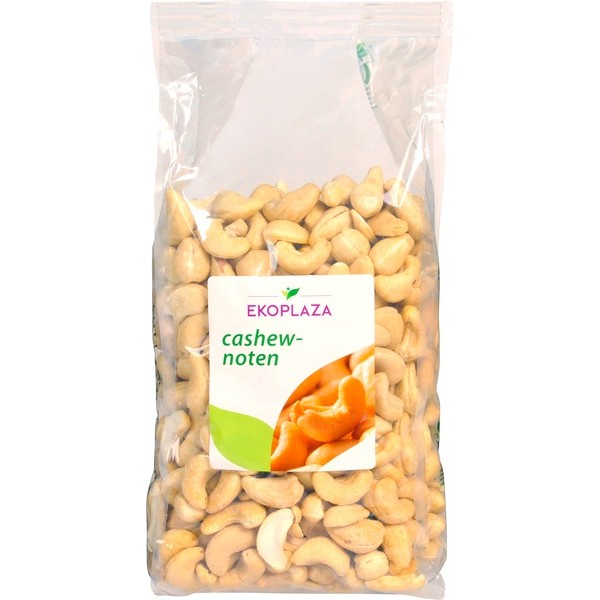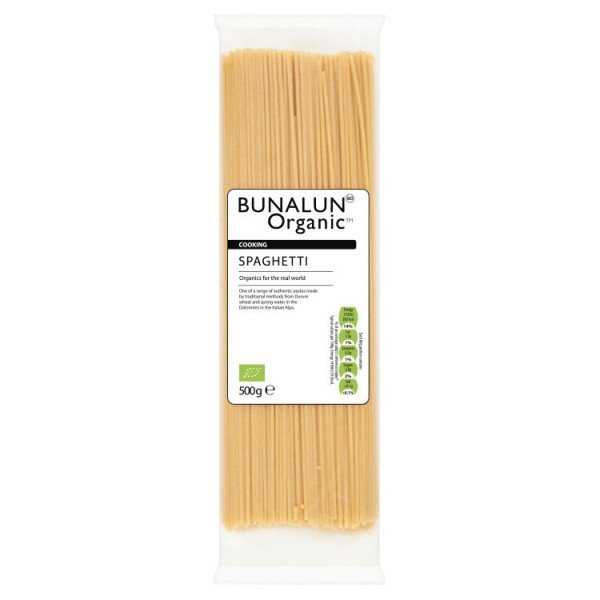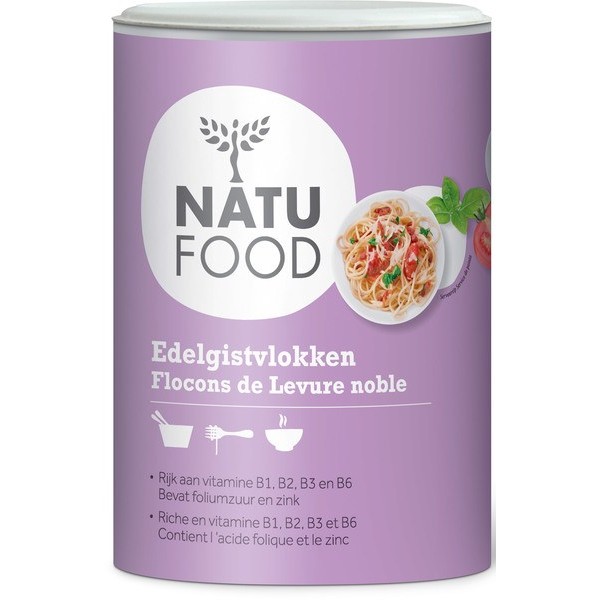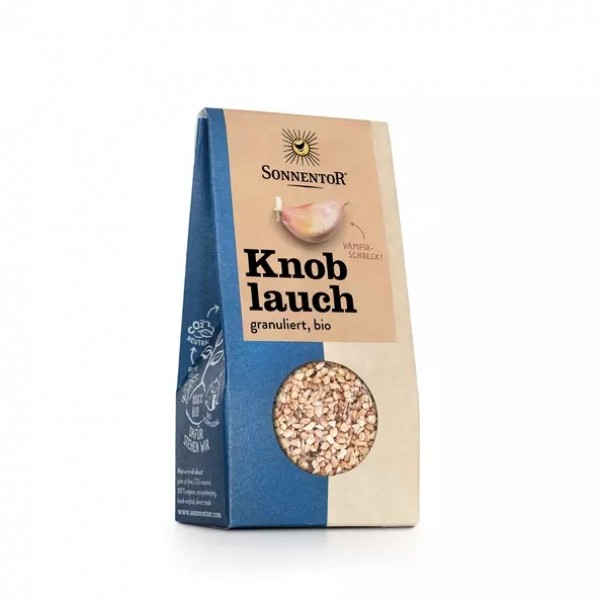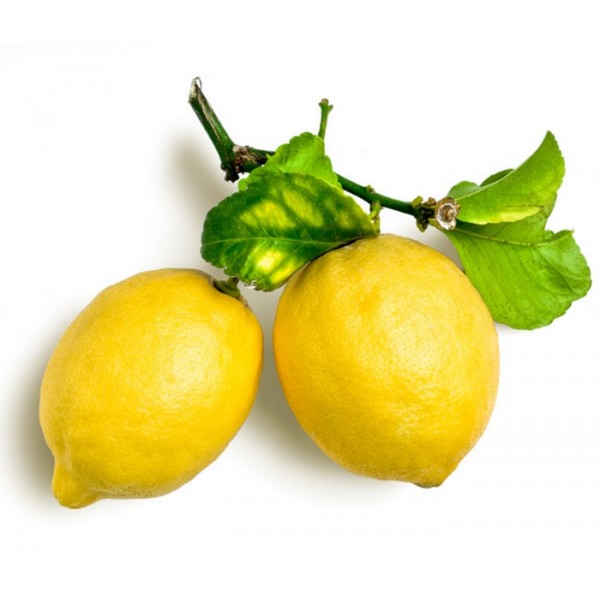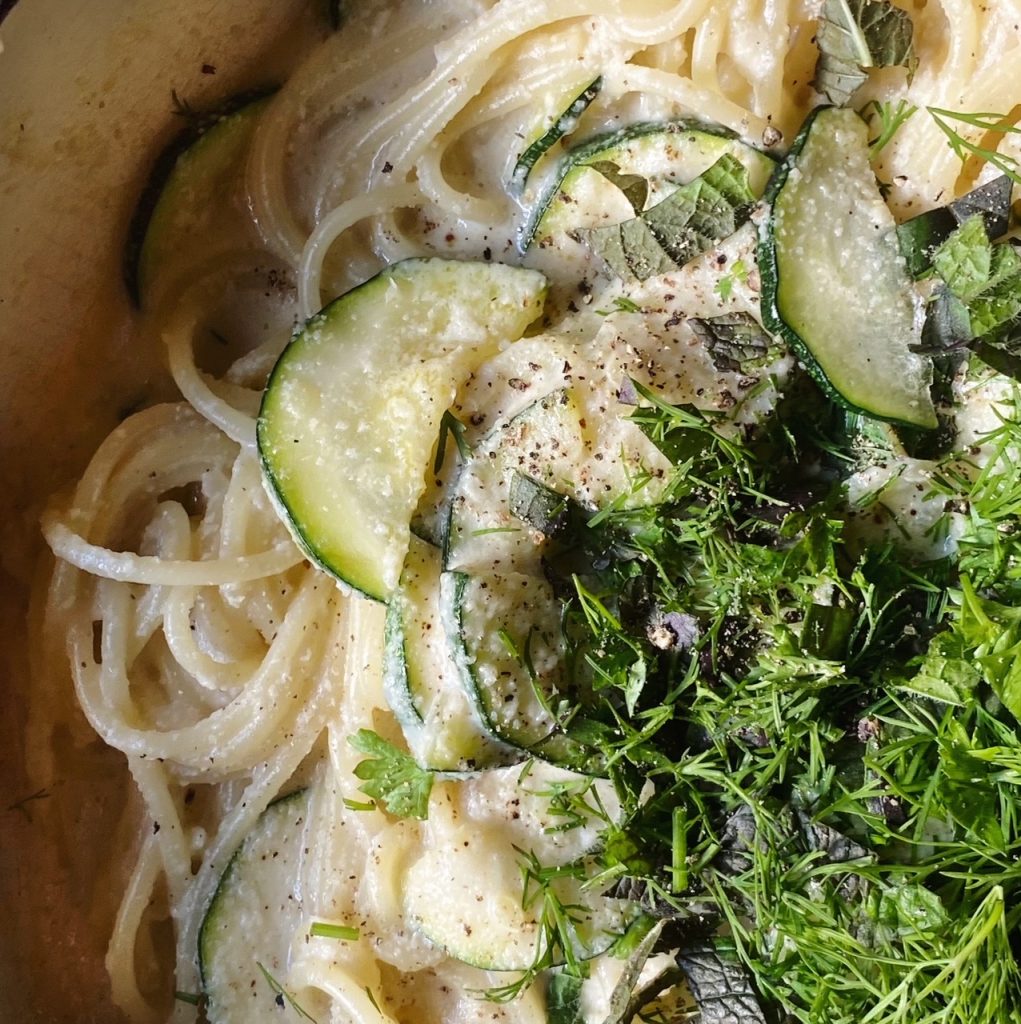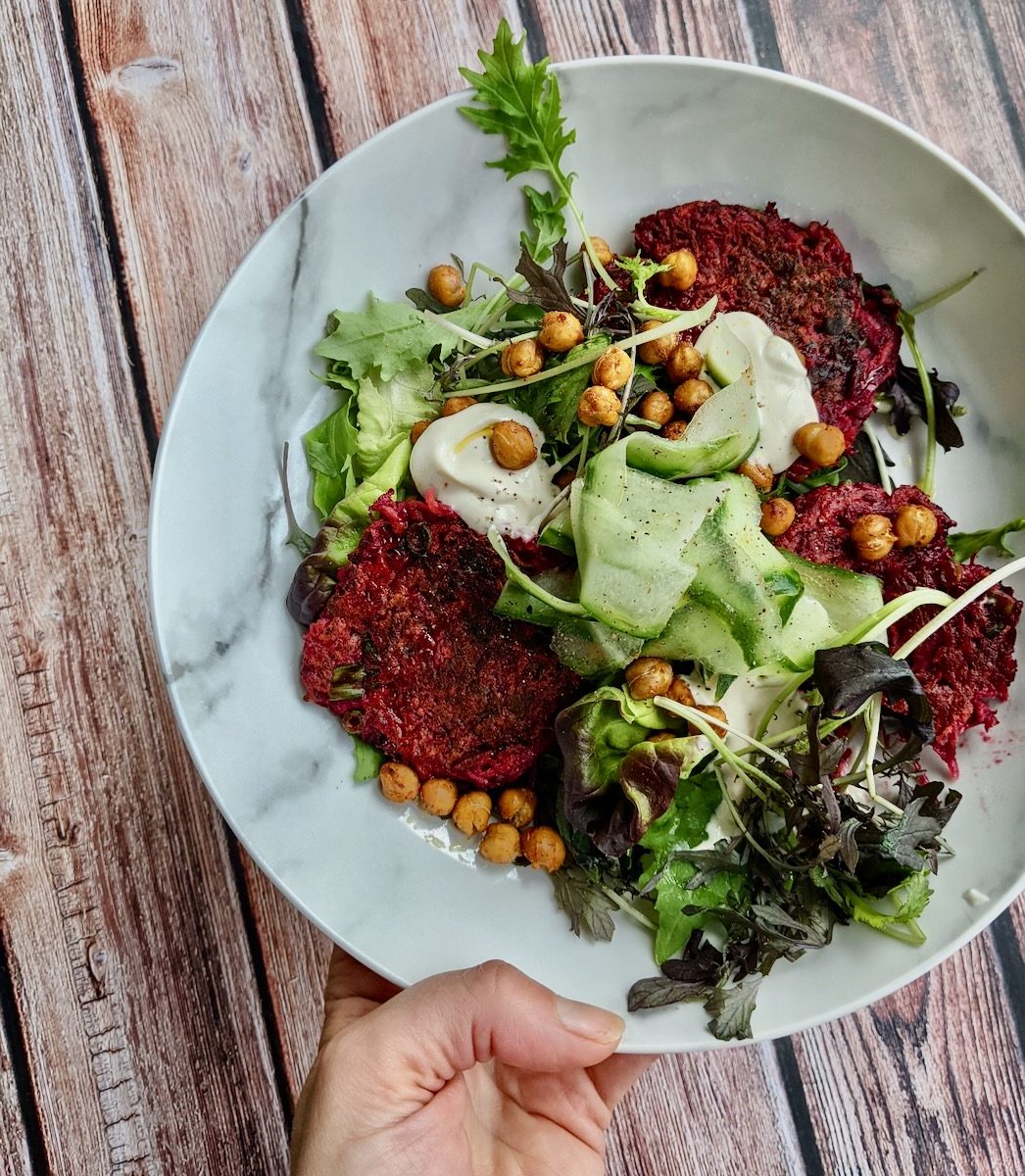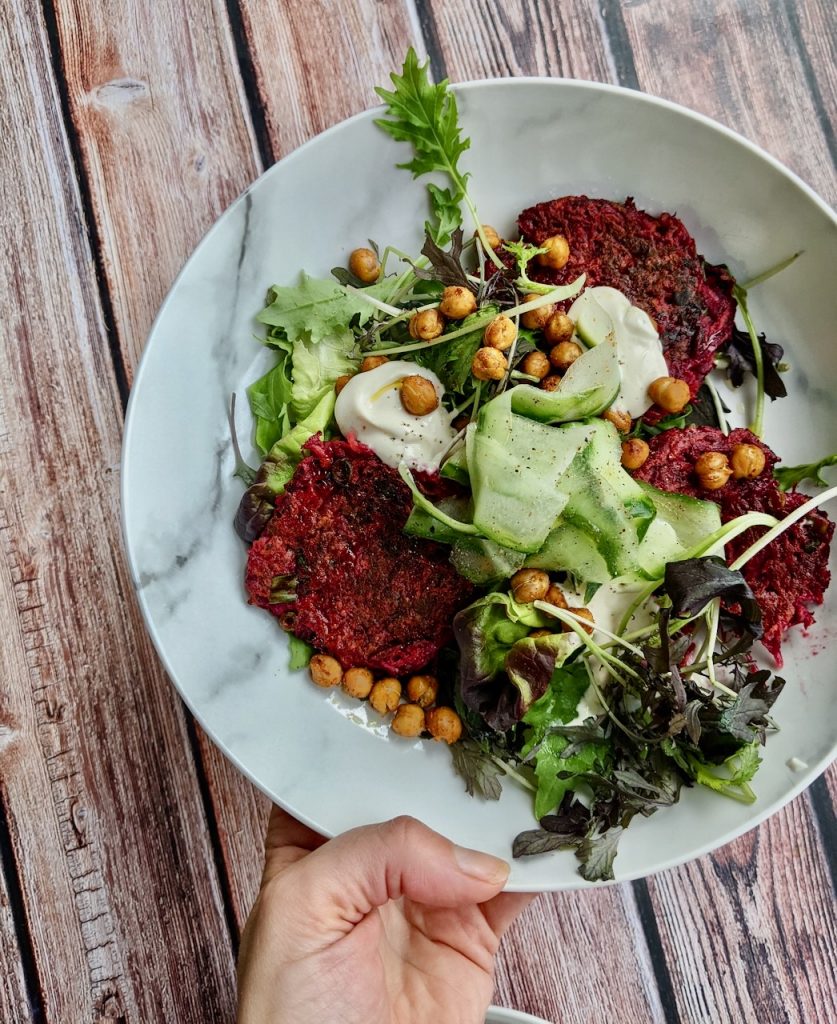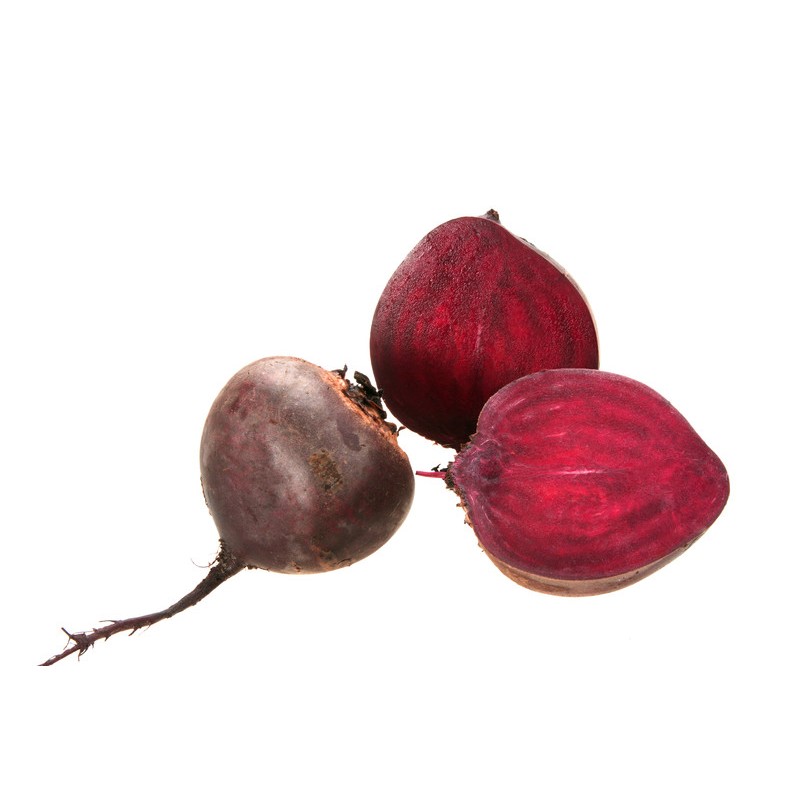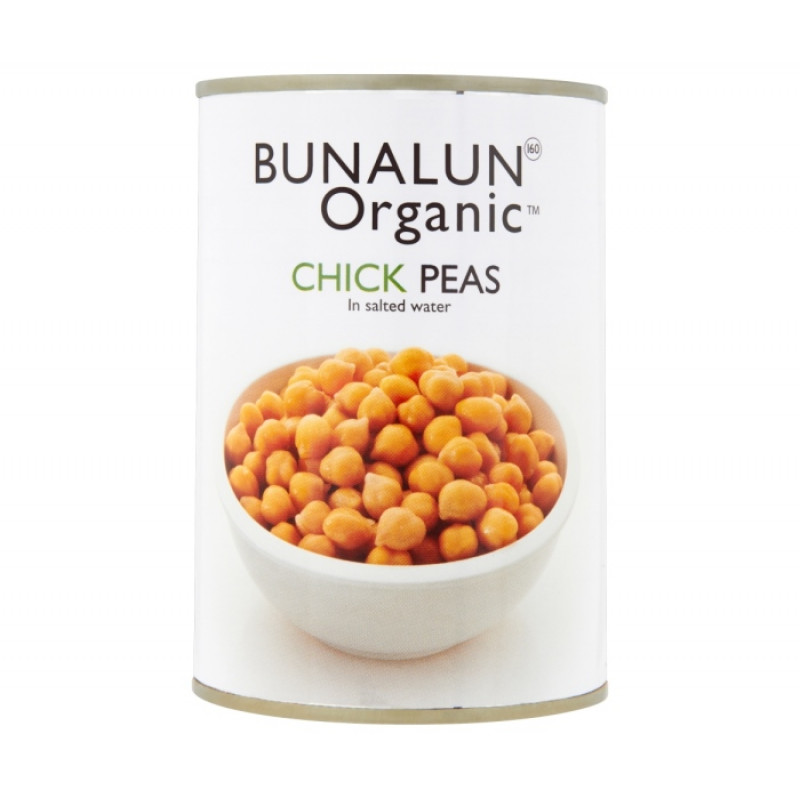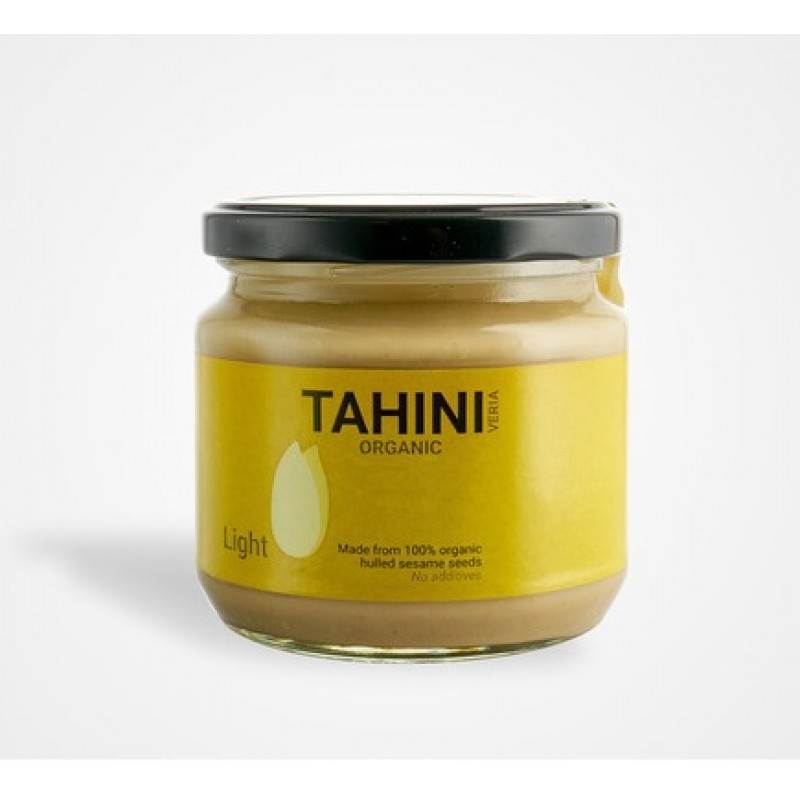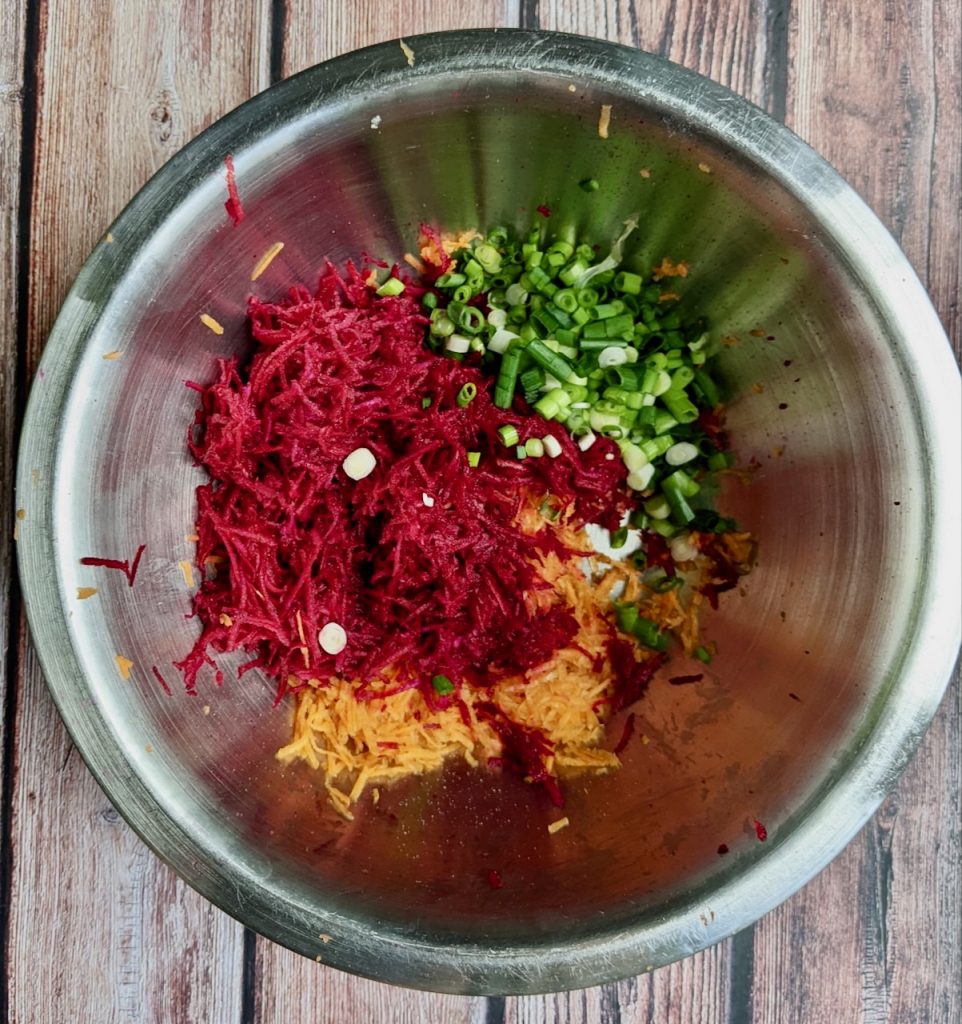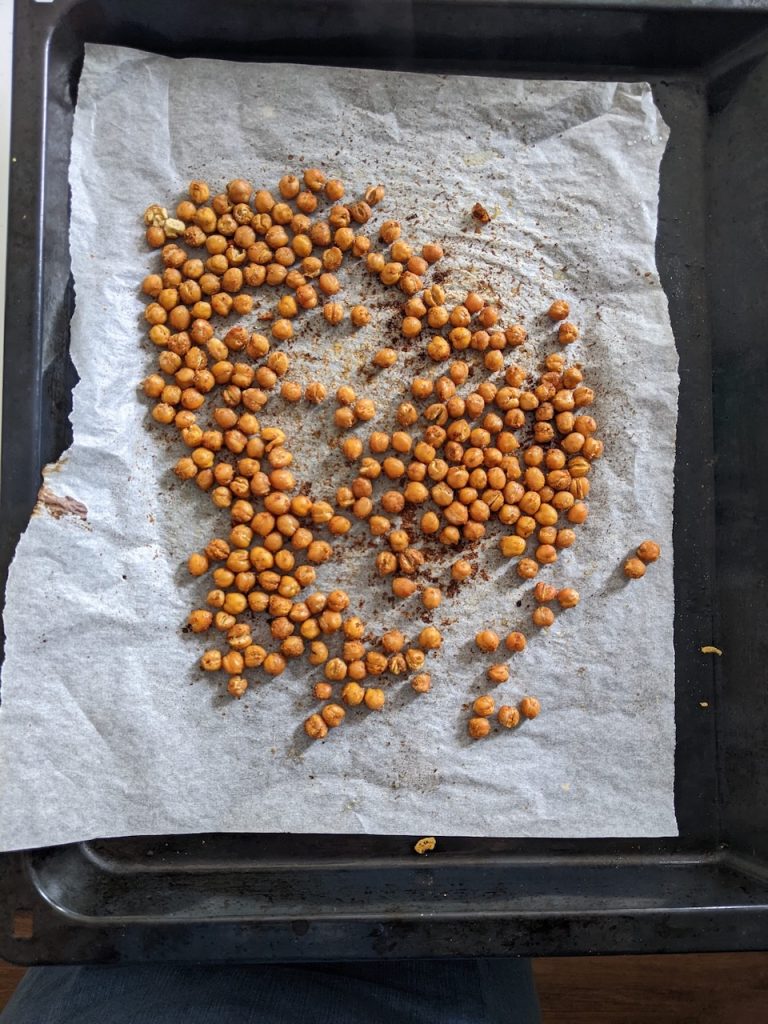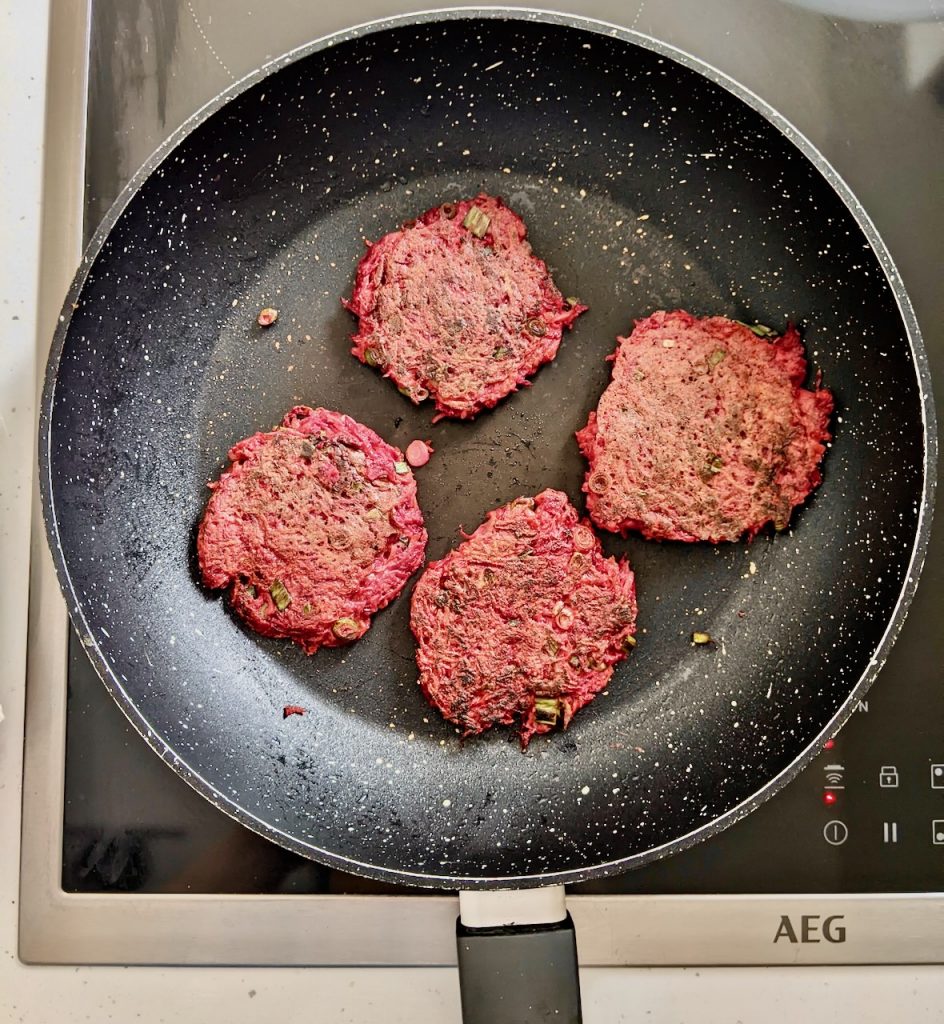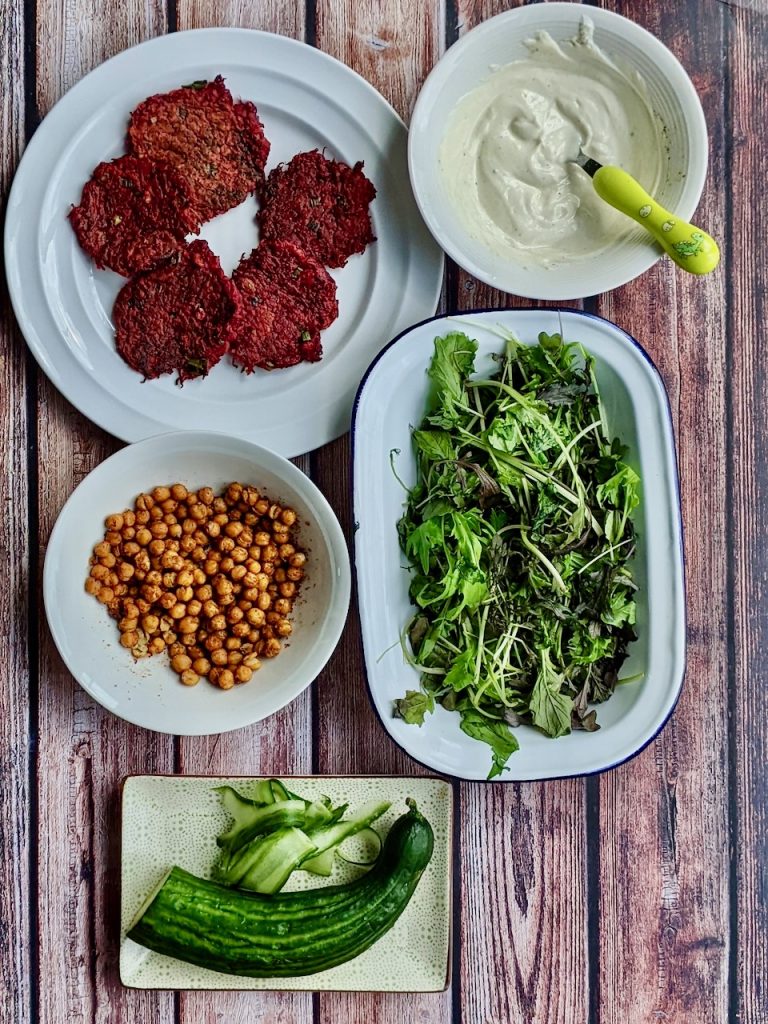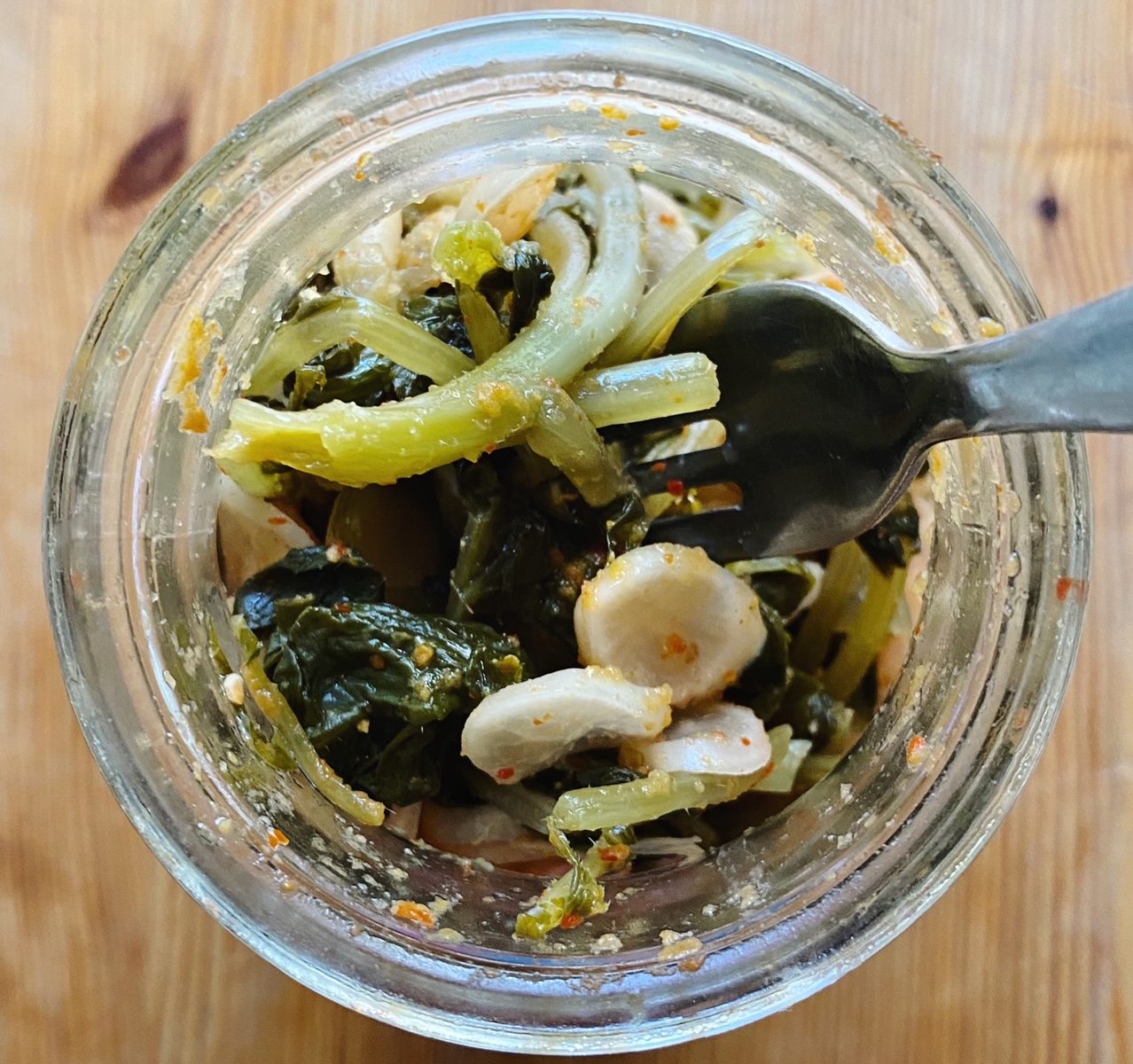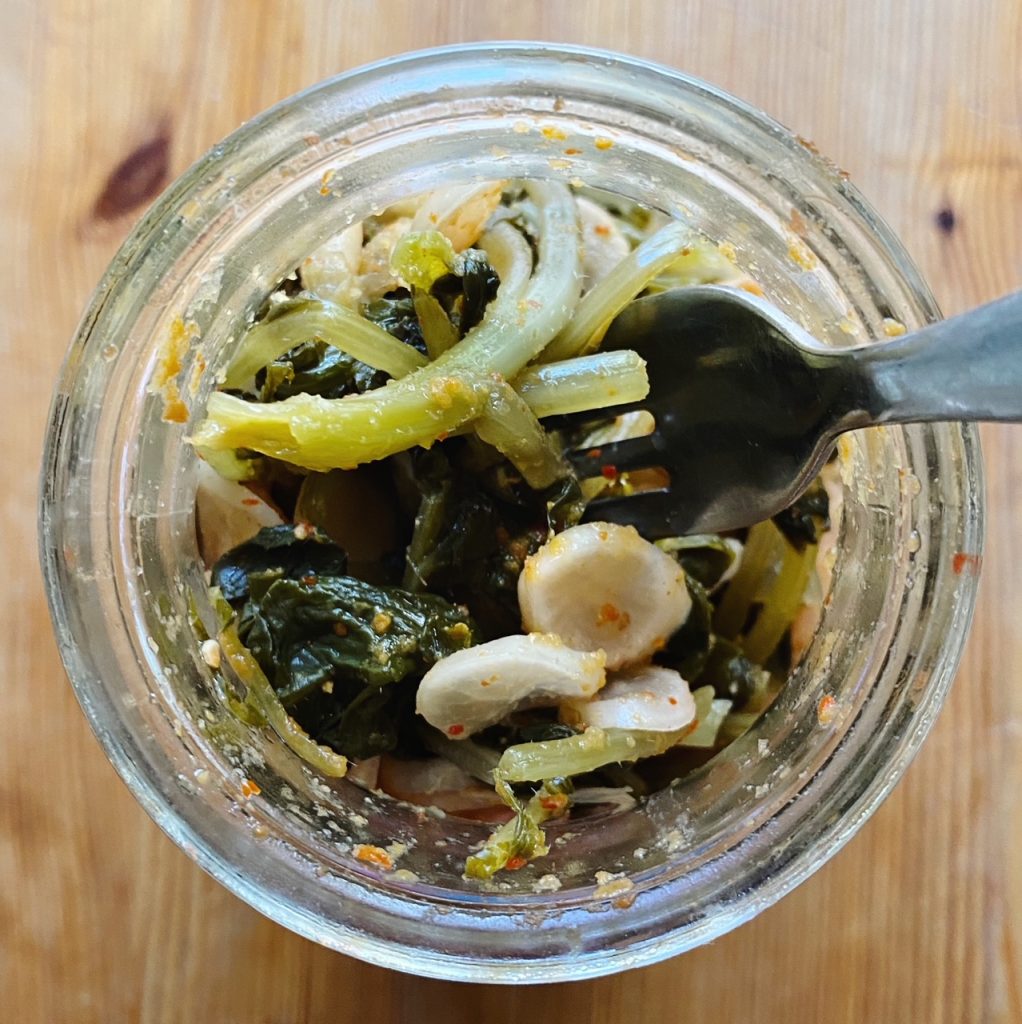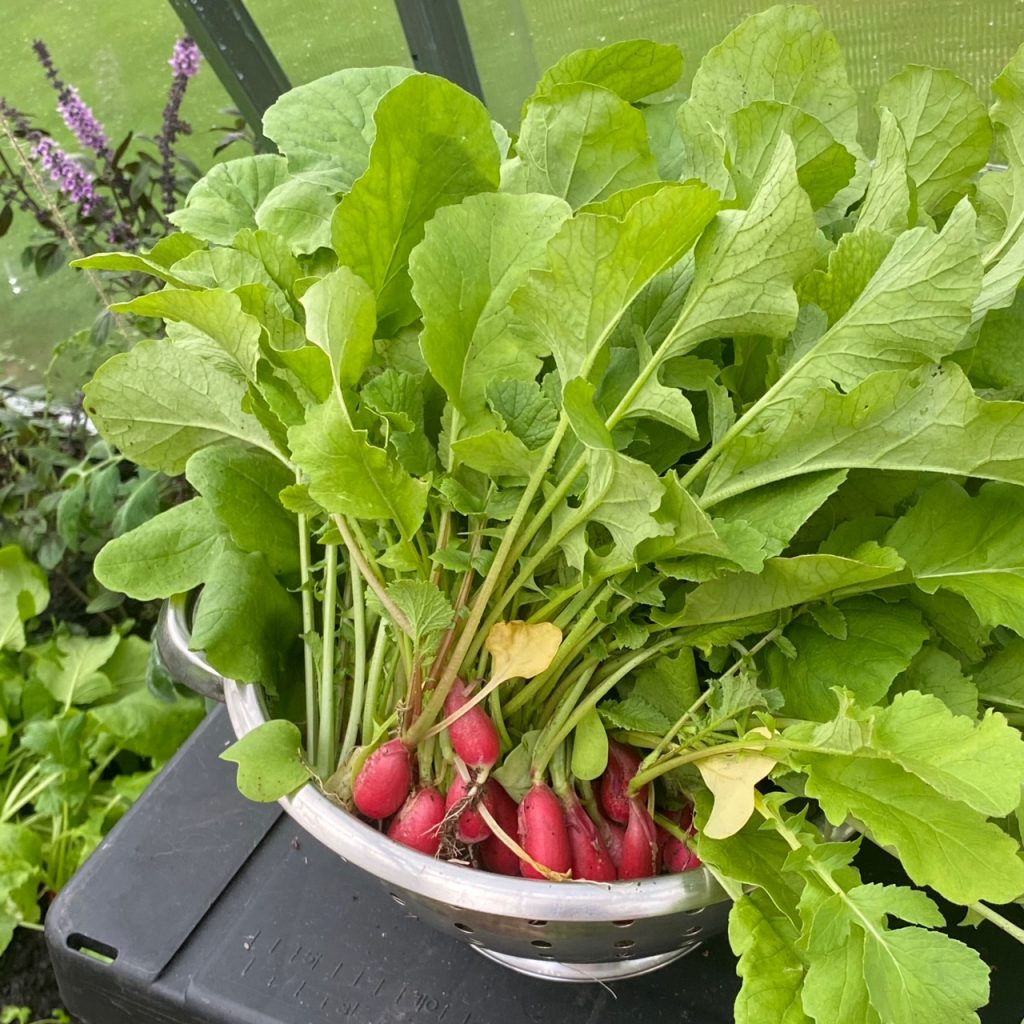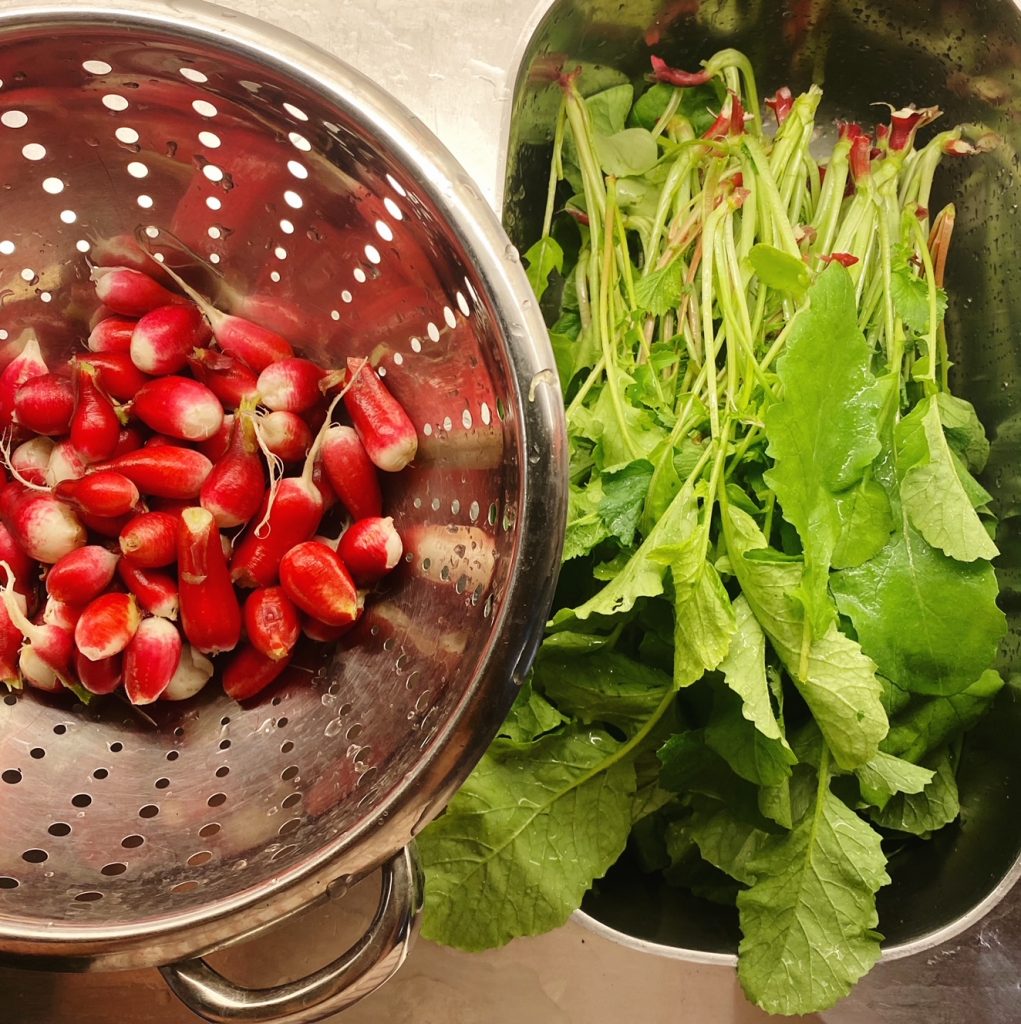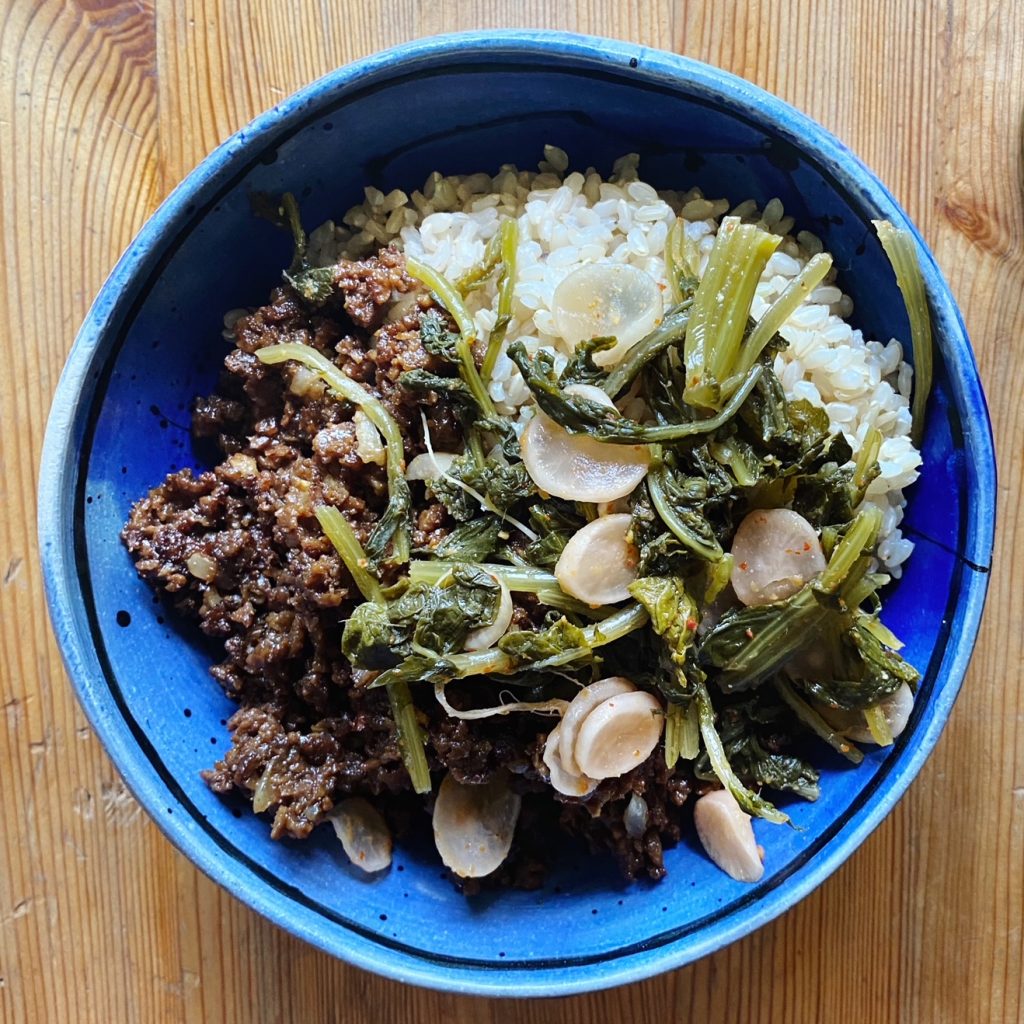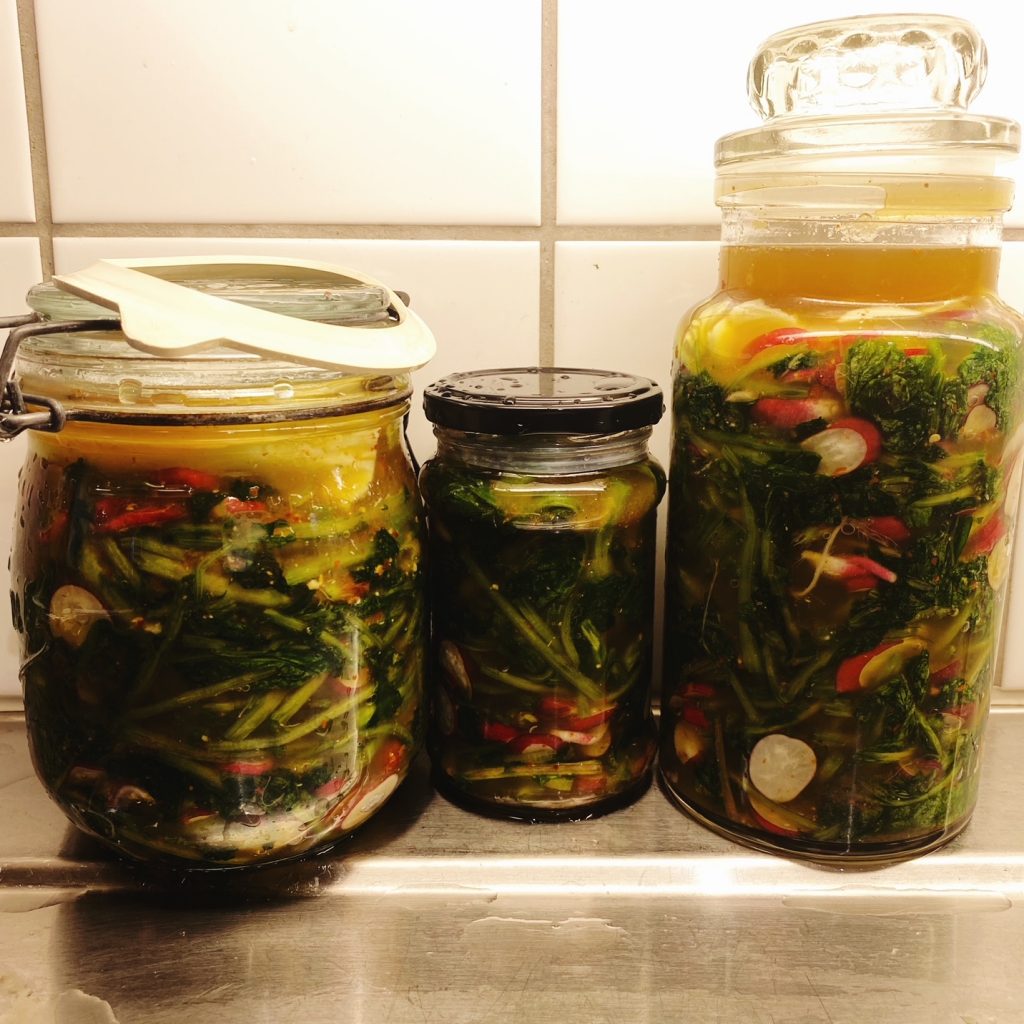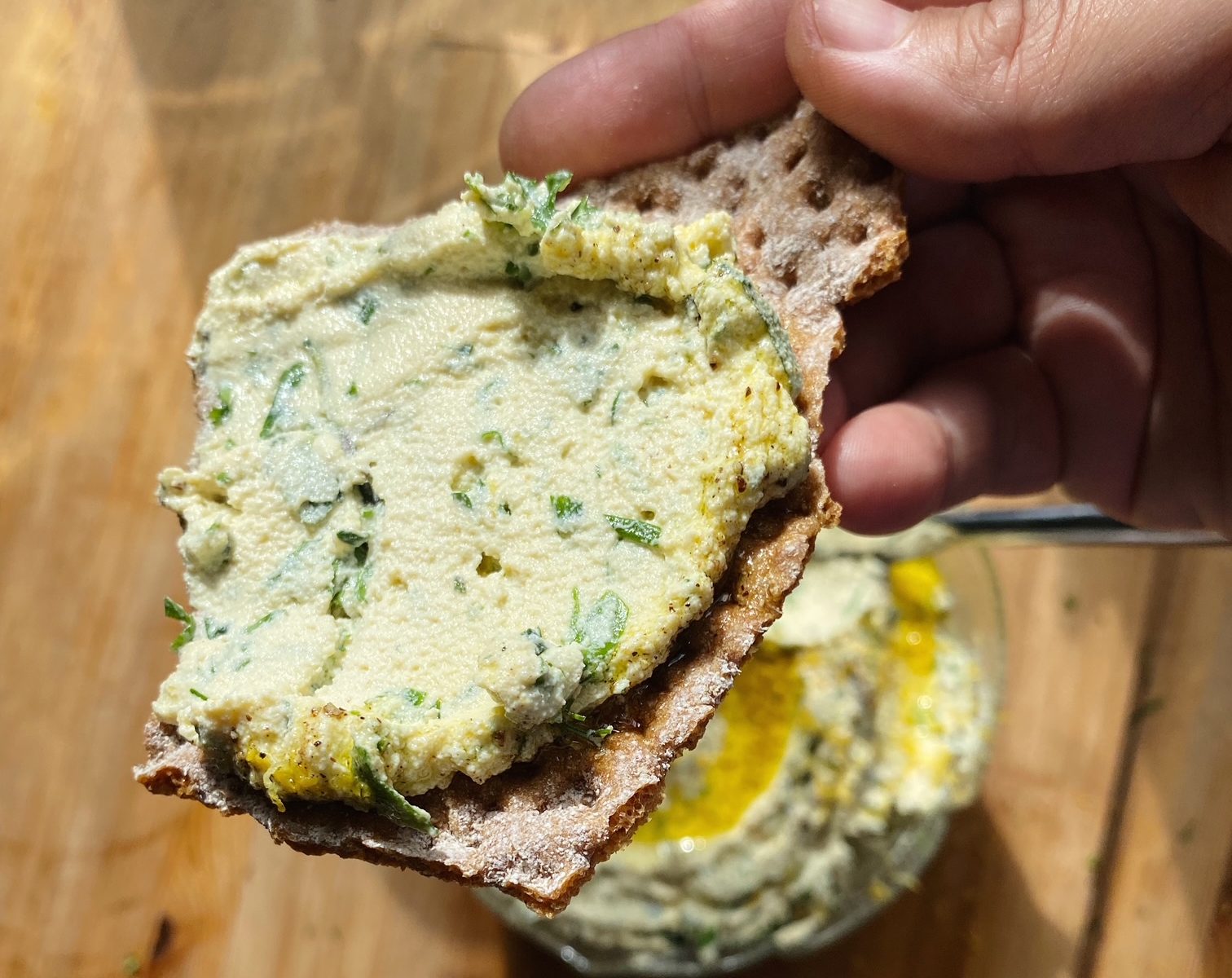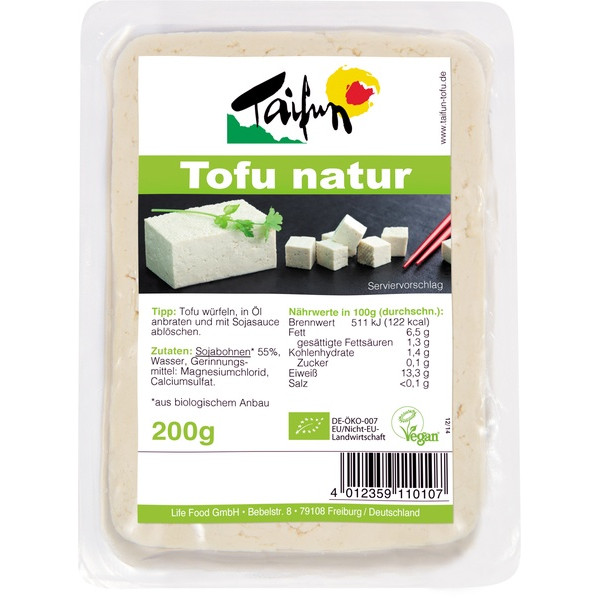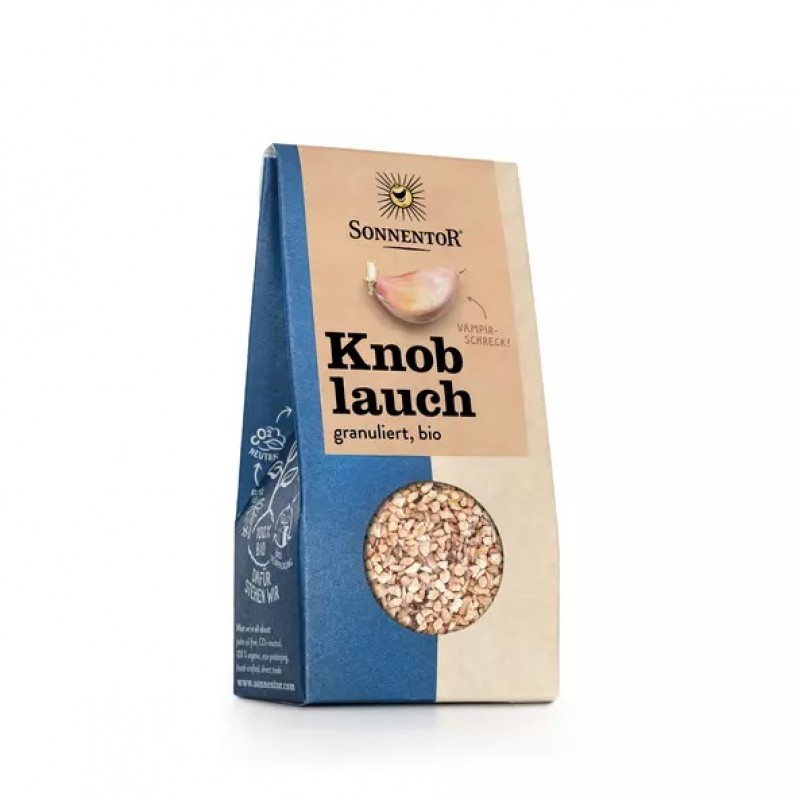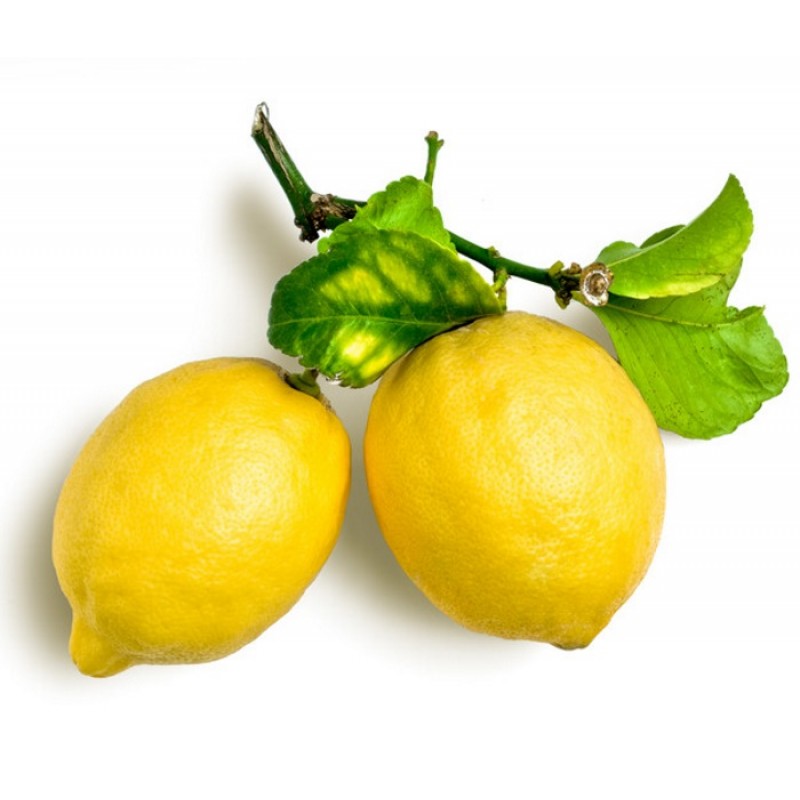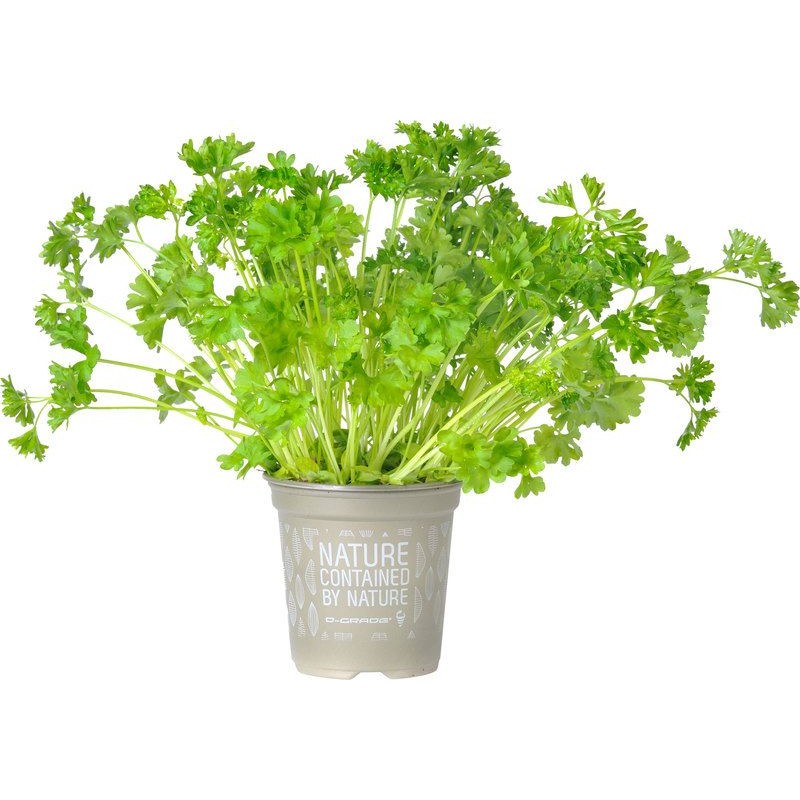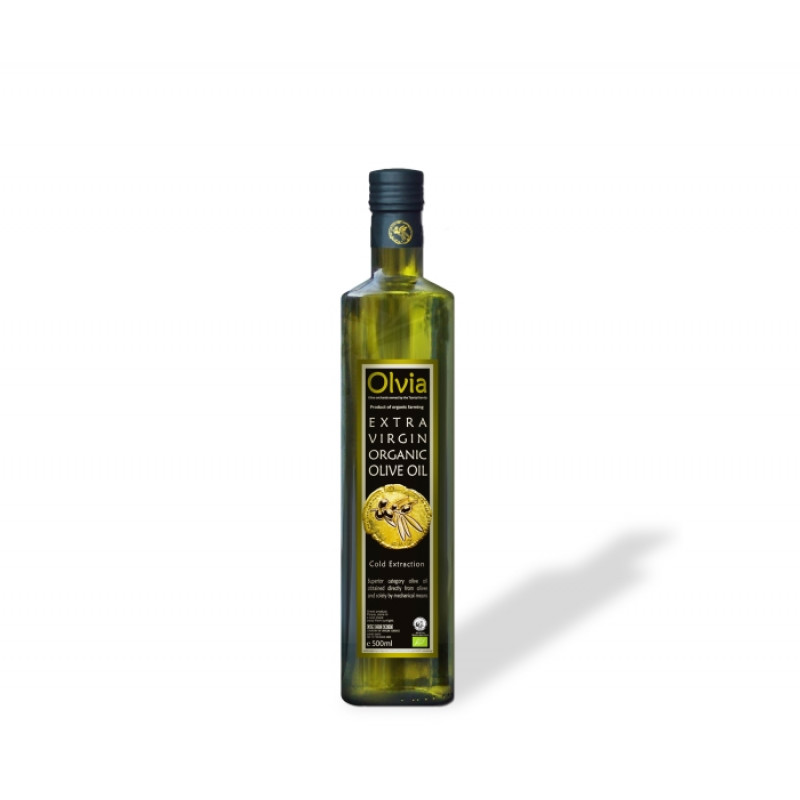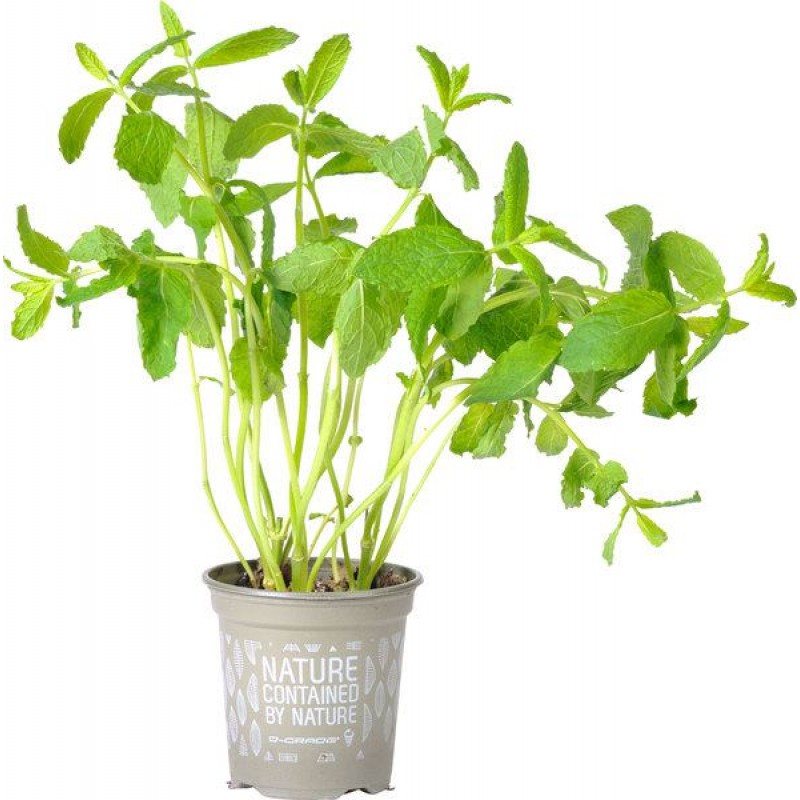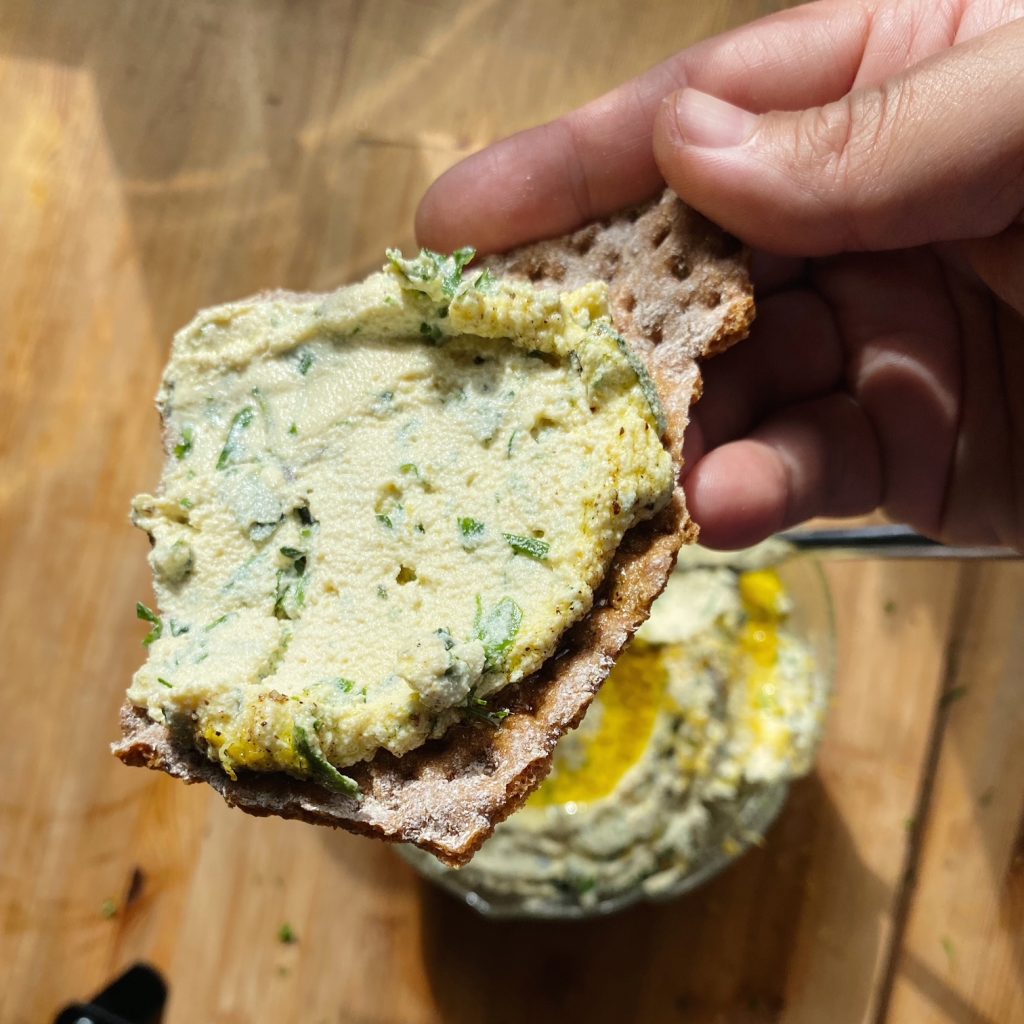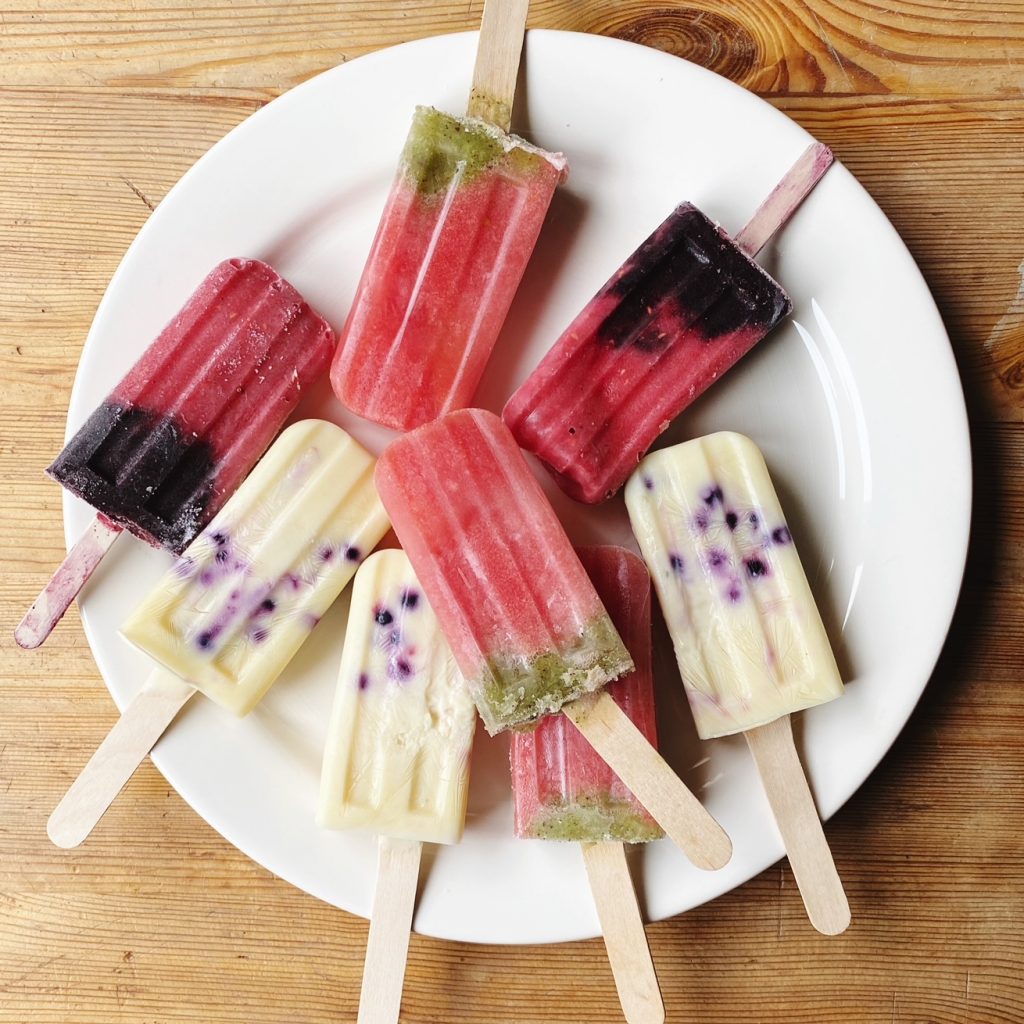
Phew it’s been hot! Anyone else overdosing on ice cream? We have started making our own, healthier ice lollies as we are getting through so many and we are trying to avoid the packaging and intense sugar levels of shop bought ones. Here are our two currant favourite flavours. We would love you to share your favourite flavours in the comments please. Always looking for inspiration. Apart from simply freezing our favourite smoothies, we are thinking of doing some more ’grown up’ ones too involving coffee… and maybe a gin, tonic, cucumber & mint one?
We invested in a silicon ice lolly mould this year, but in the past have used saved yoghurt tubs and water cups. You can buy lolly sticks in craft shops or use wooden takeaway cutlery. Any other ice lolly hacks are very welcome! Don’t forget to stock up on our wide range of organic fruits, they’re the perfect healthy sweet and refreshing treat.
Liz x
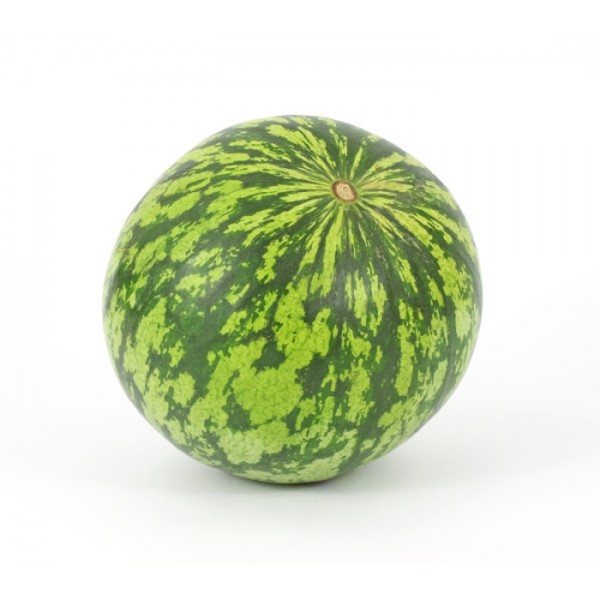
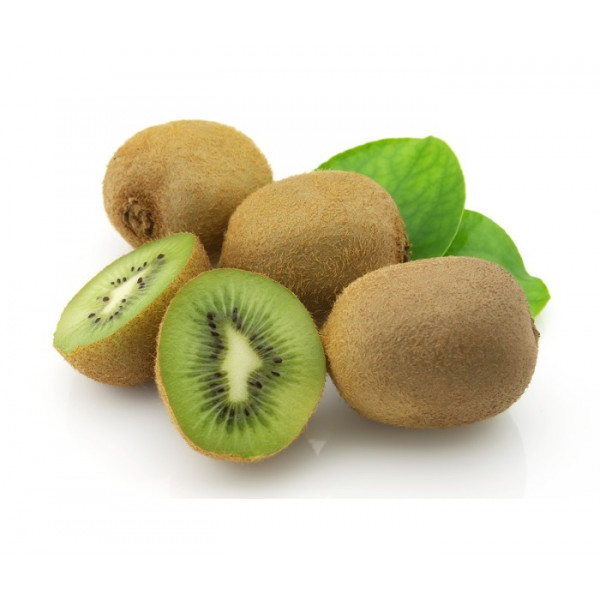

Watermelon Ice Lollies
- watermelon
- kiwi
Method:
- Slice a mini watermelon and remove the pips and rind. Blend then pour into ice lolly moulds leaving a couple of cm space. Freeze for 30 minutes then insert a stick.
- Halve kiwis and scoop out the flesh with a spoon. Blend then carefully top the watermelon moulds to imitate the green part of the watermelon and freeze until solid (at least 4 hours).
- Remove the lollies from their moulds and store in the freezer in a large plastic box. For best flavour, eat within a couple of weeks.
Yoghurt, Maple & Blueberry Ice Lollies
- natural yoghurt, any one you like
- maple syrup to taste
- blueberries – fresh or frozen
Method:
- Mix maple syrup into yoghurt to sweeten to your taste. Then pour into ice lolly moulds halfway up.
- Add a tbsp or so of blueberries then top up with more sweetened yoghurt.
- Insert the lolly sticks and freeze until solid. Enjoy!


